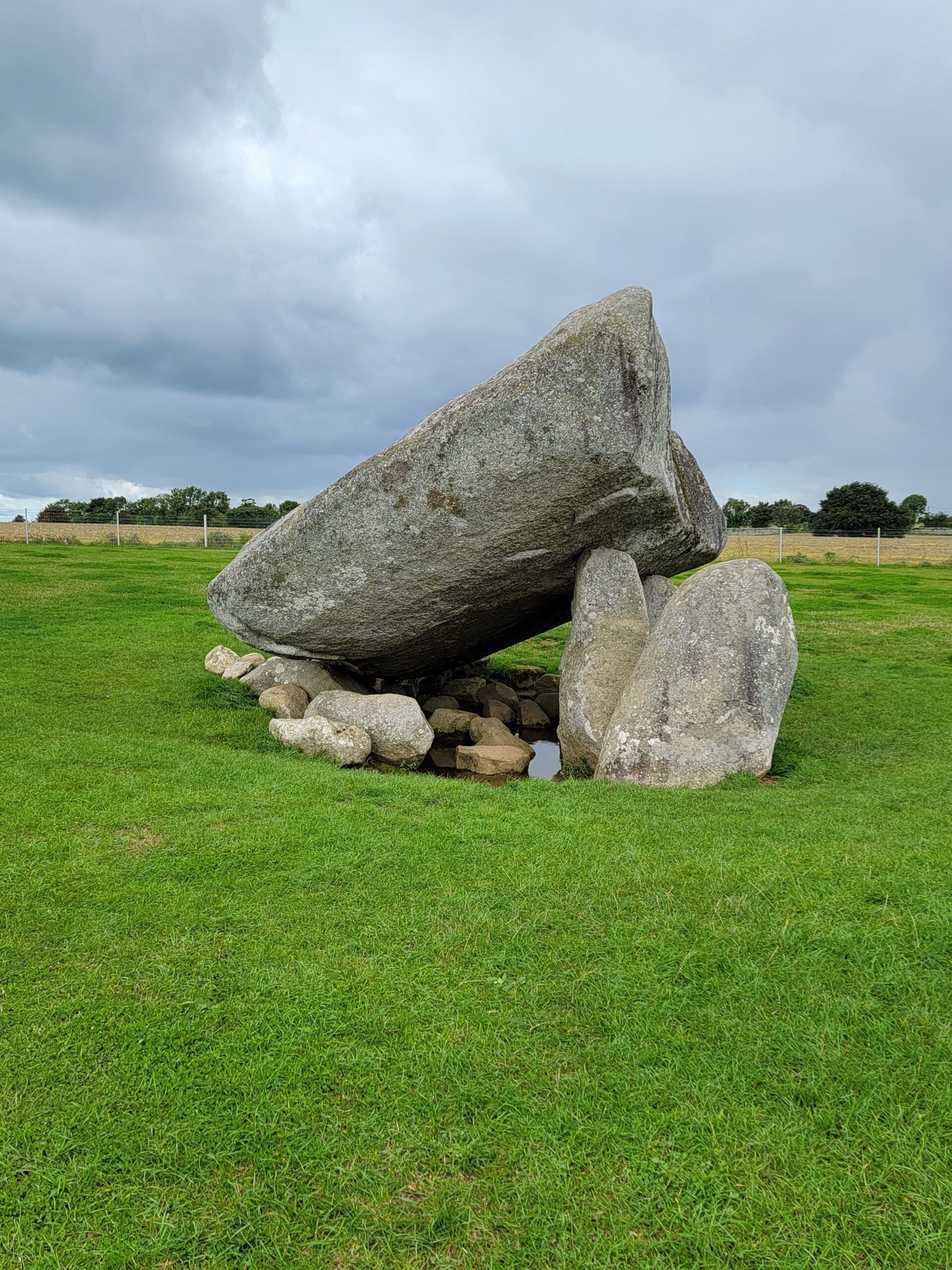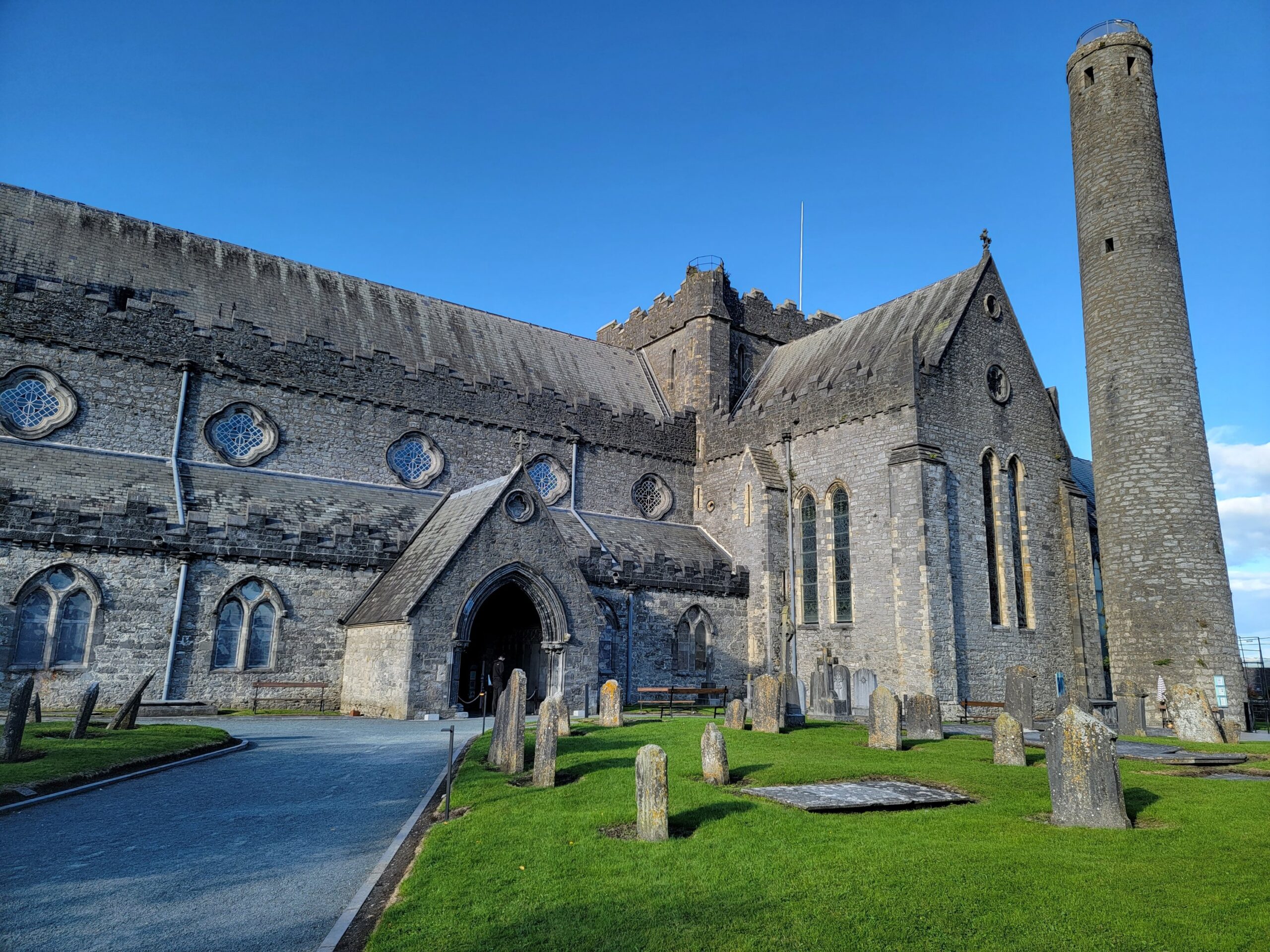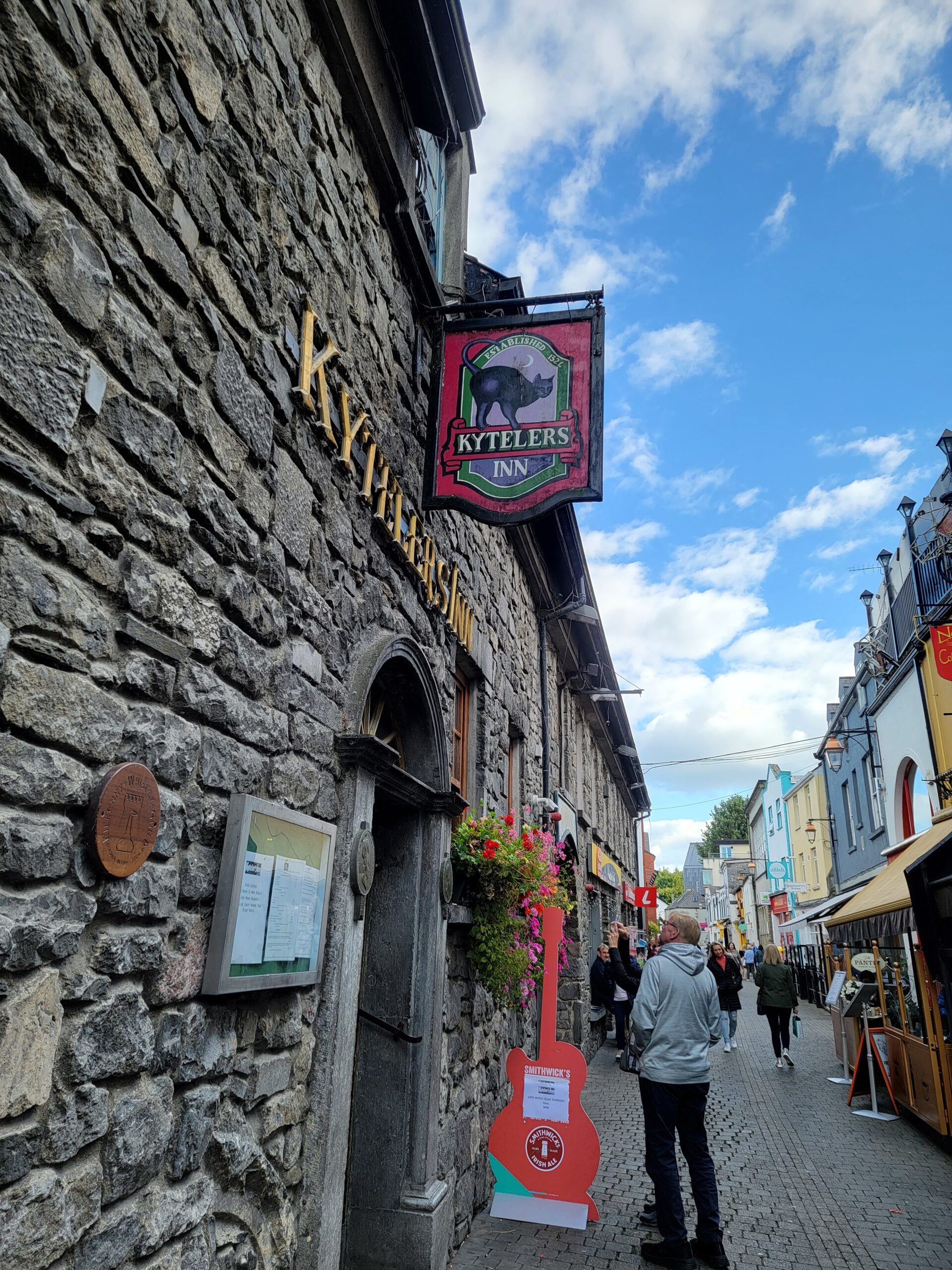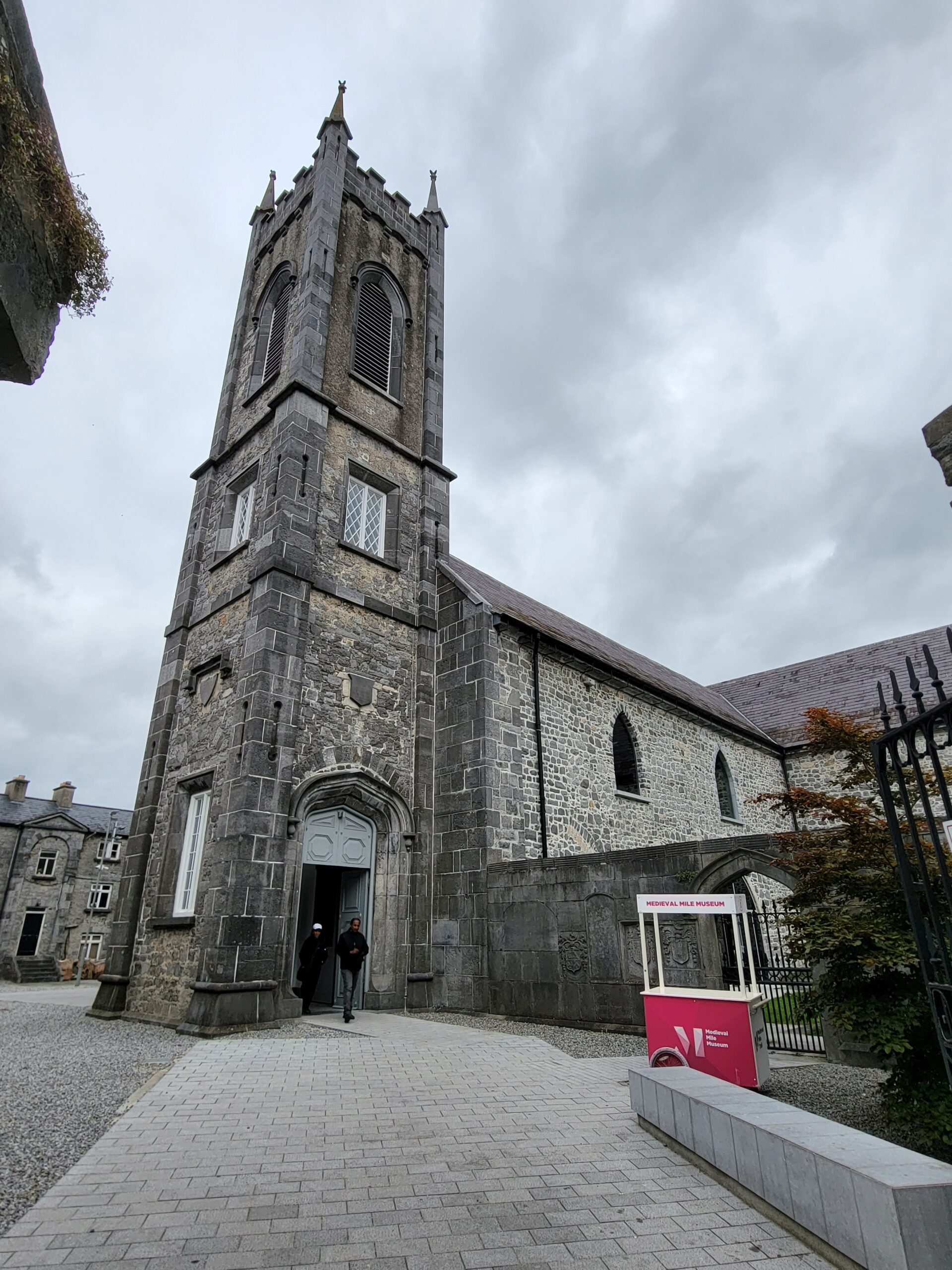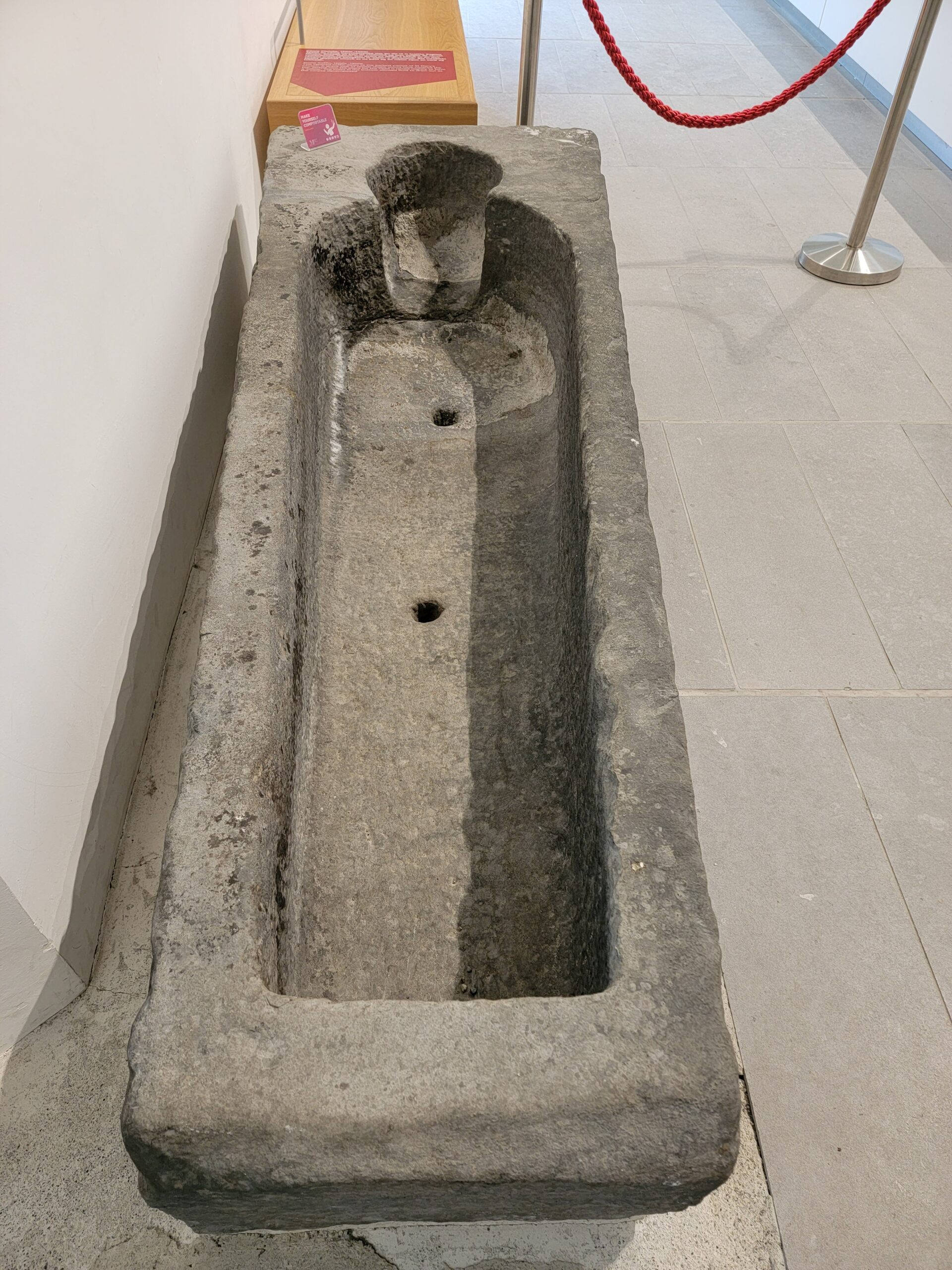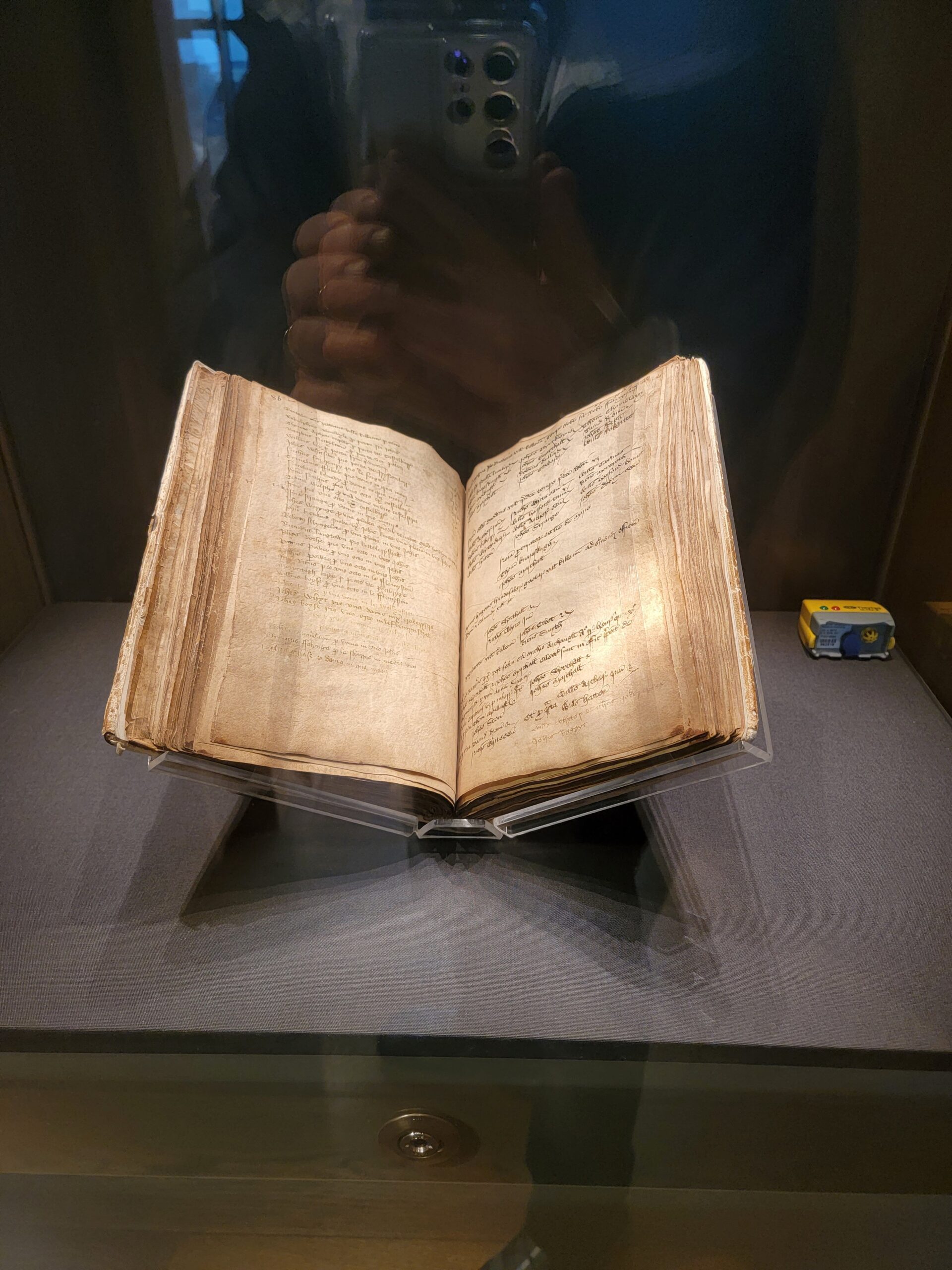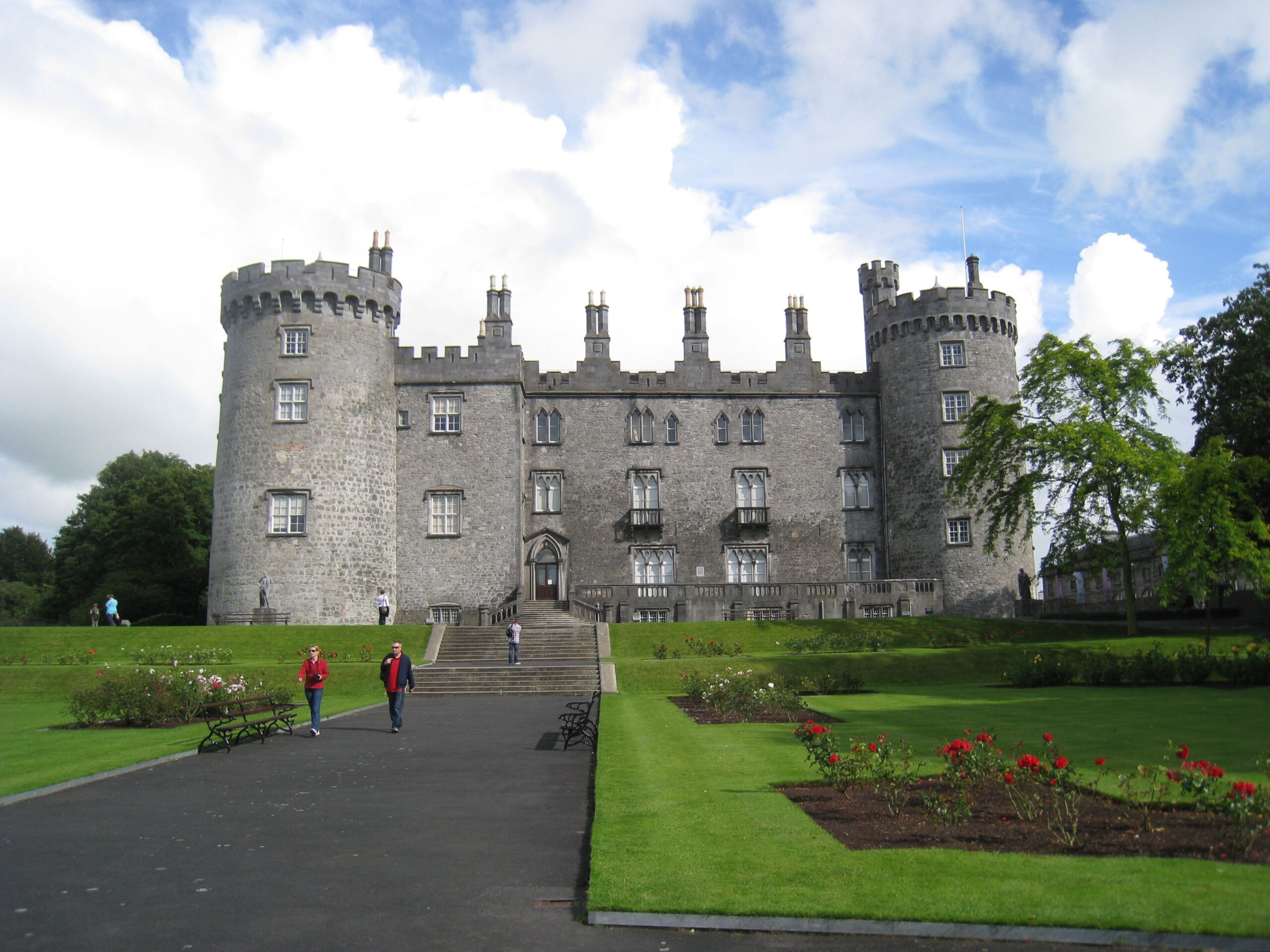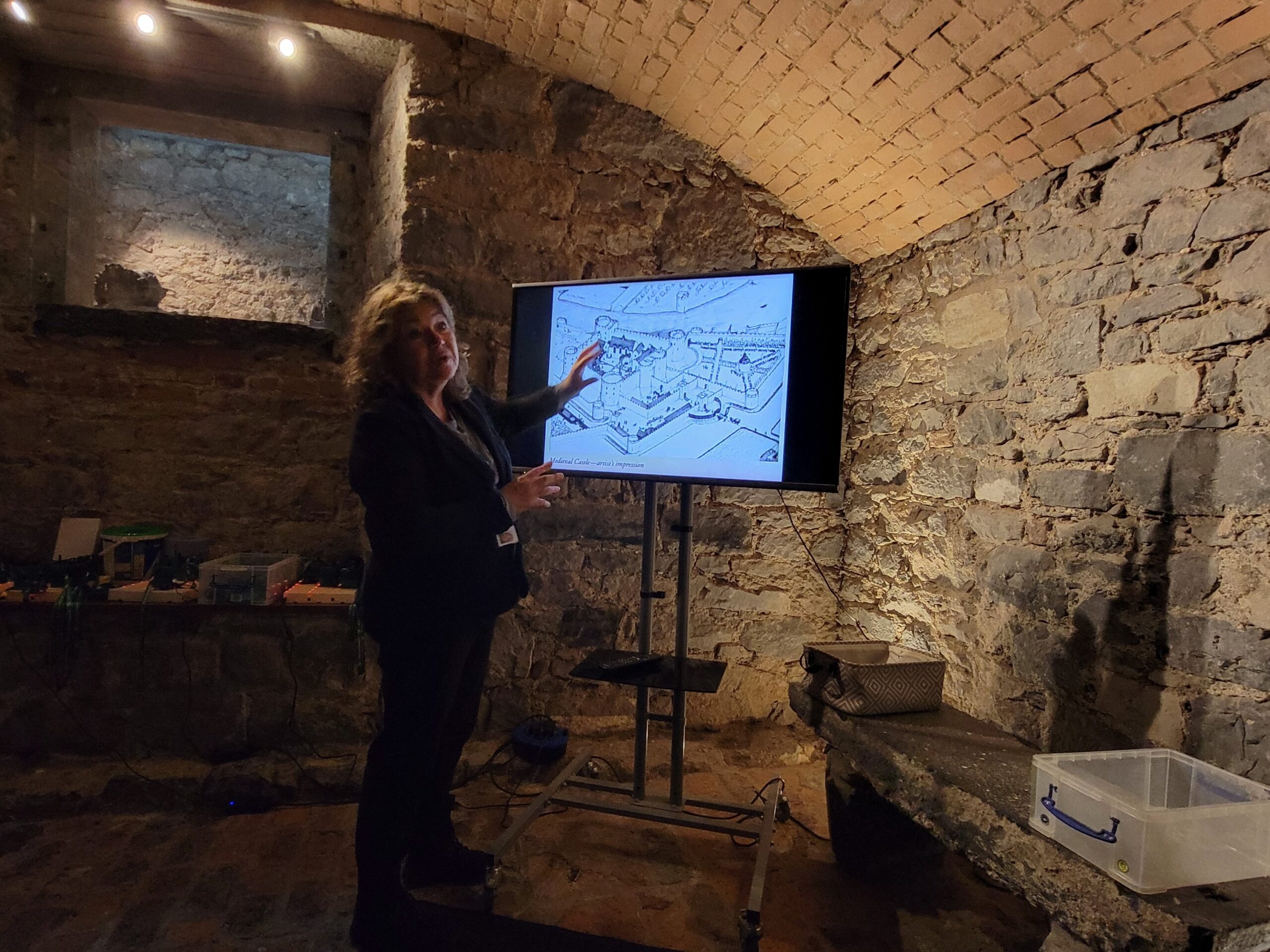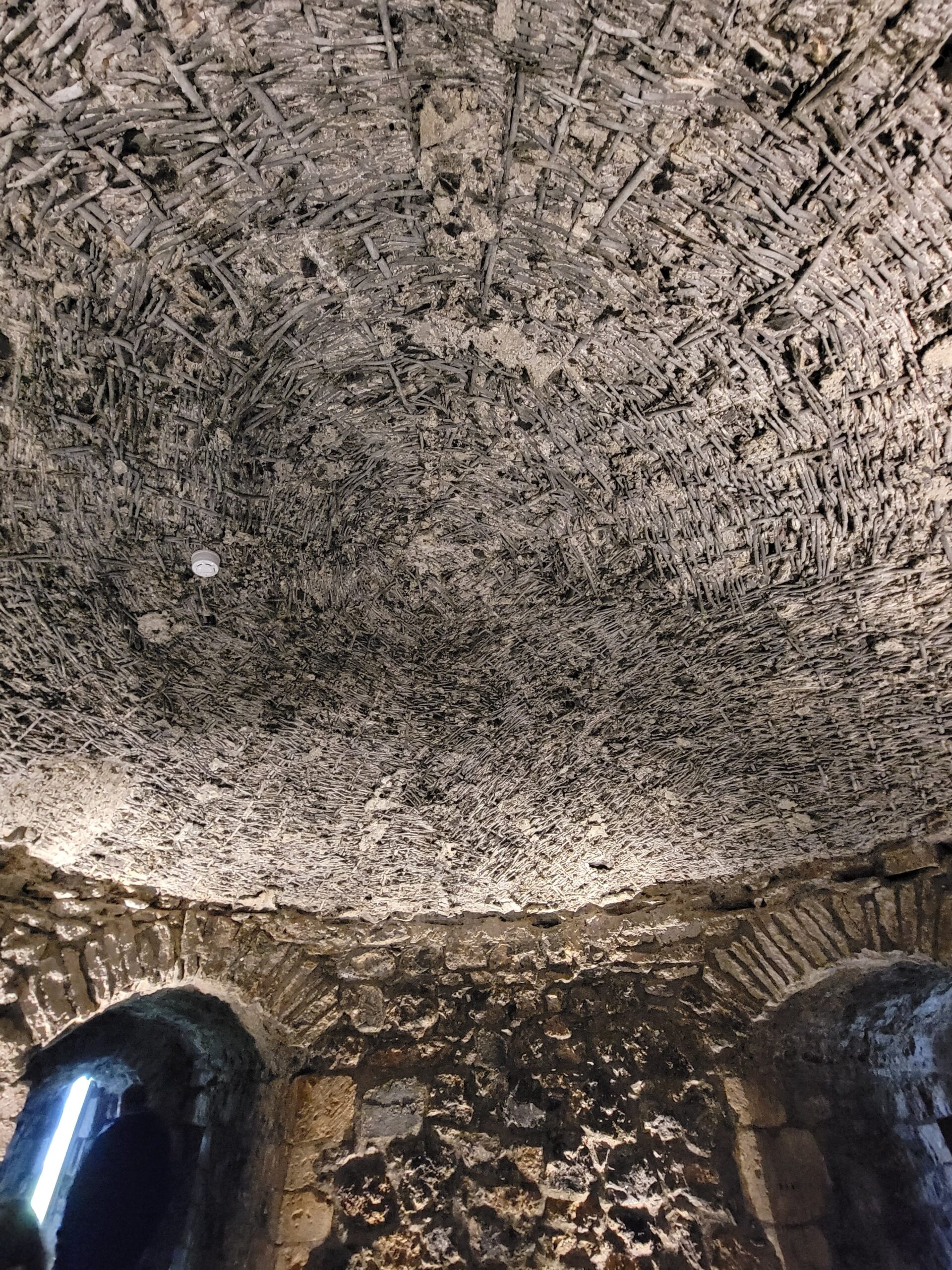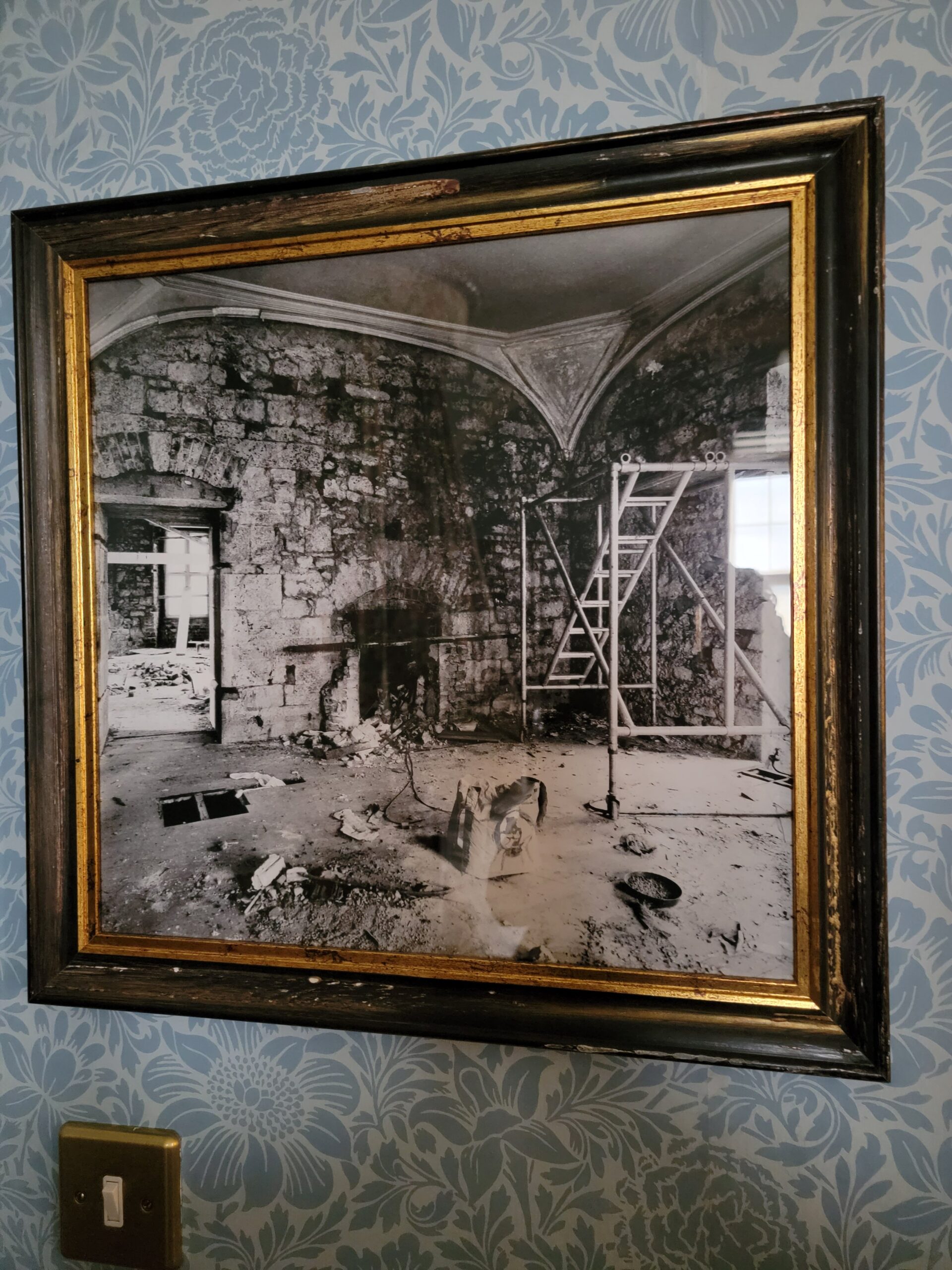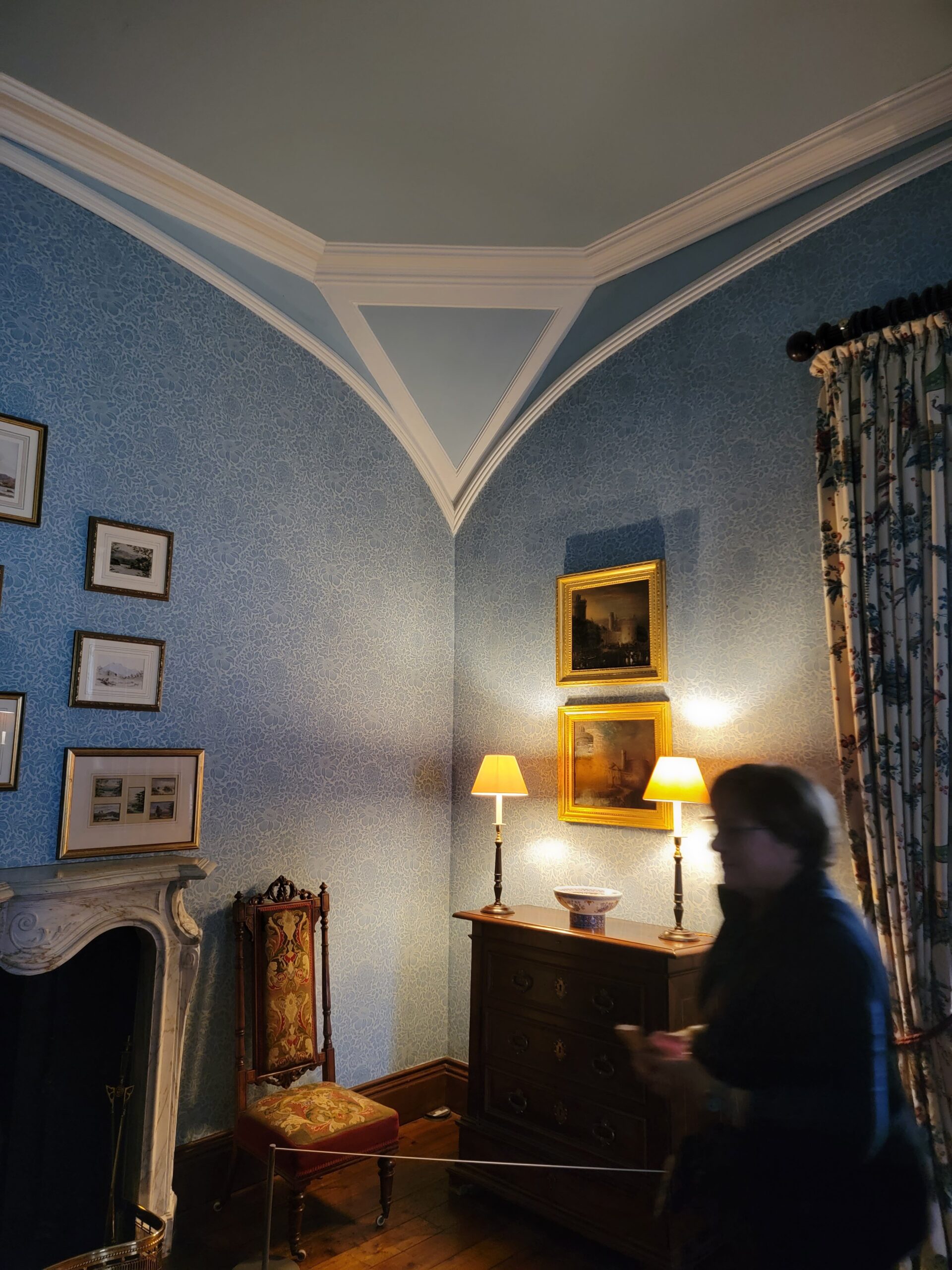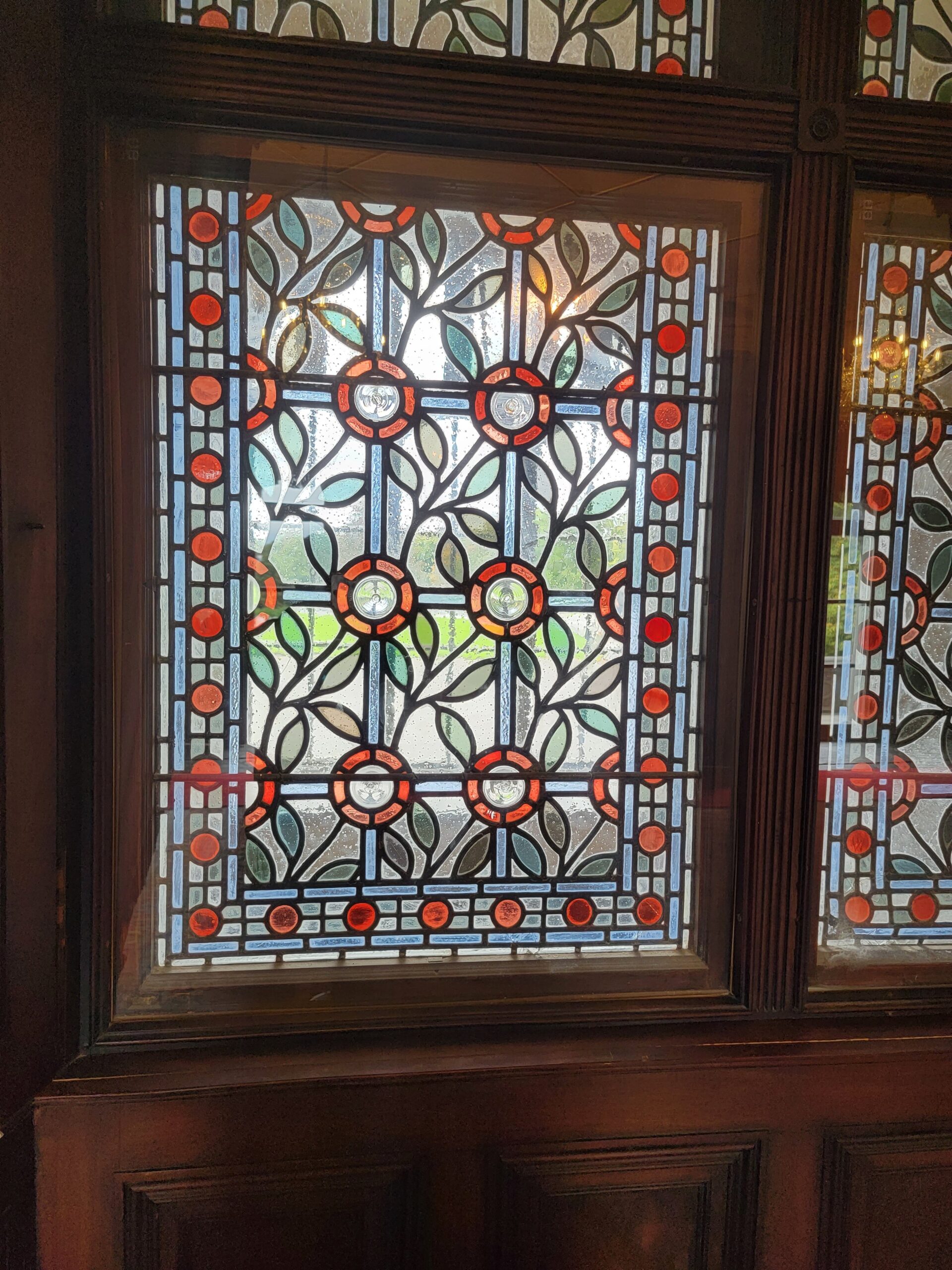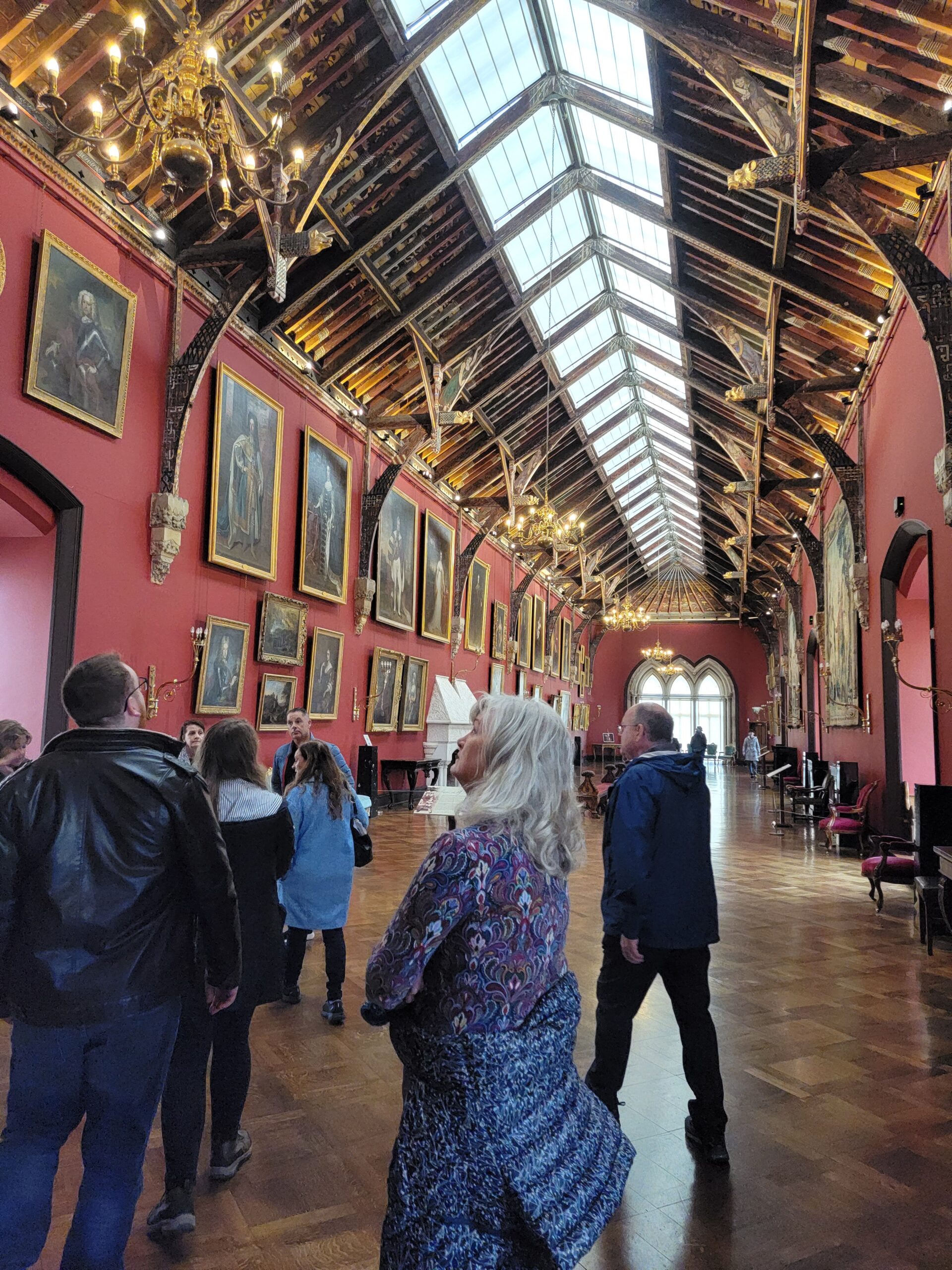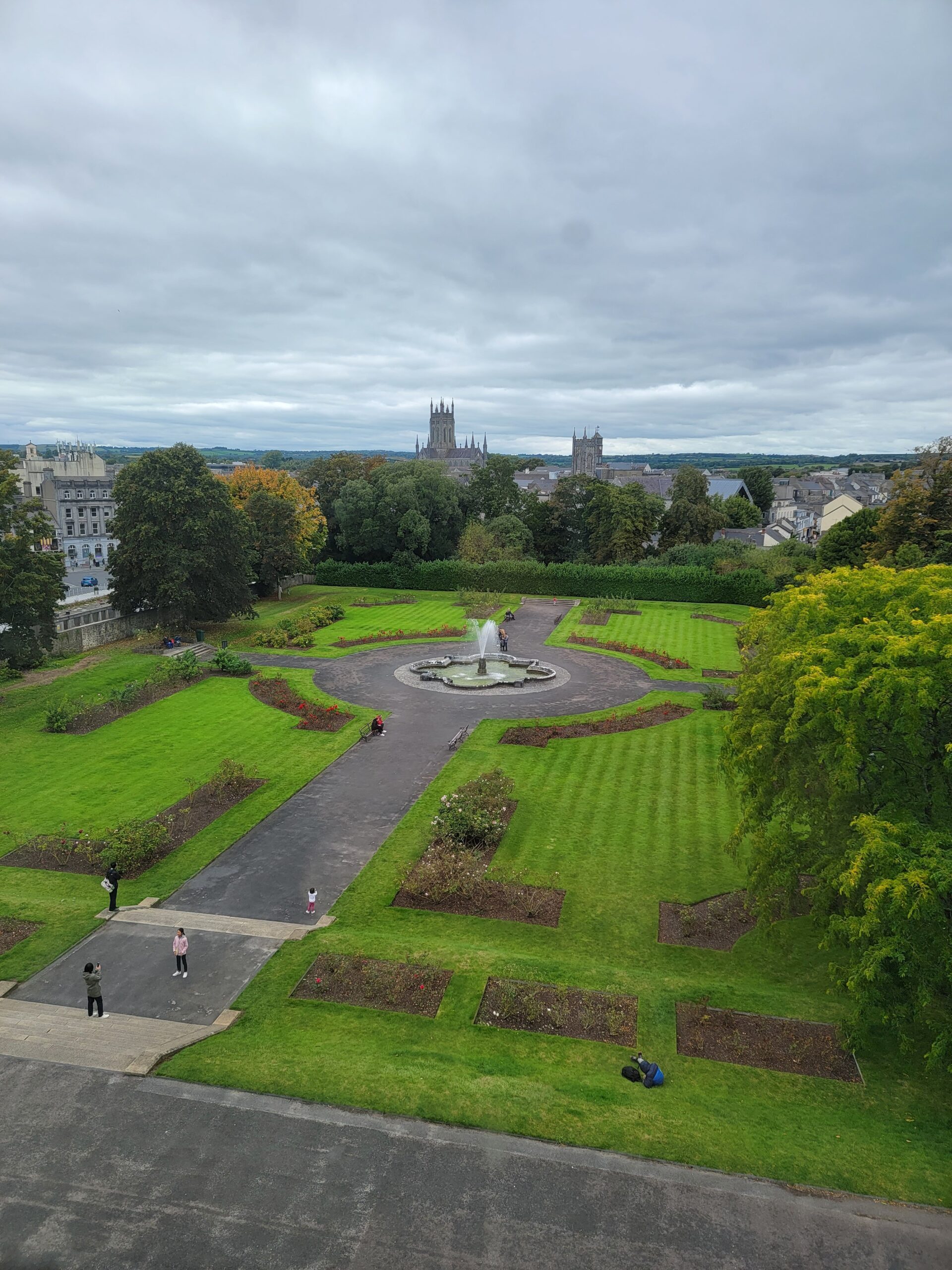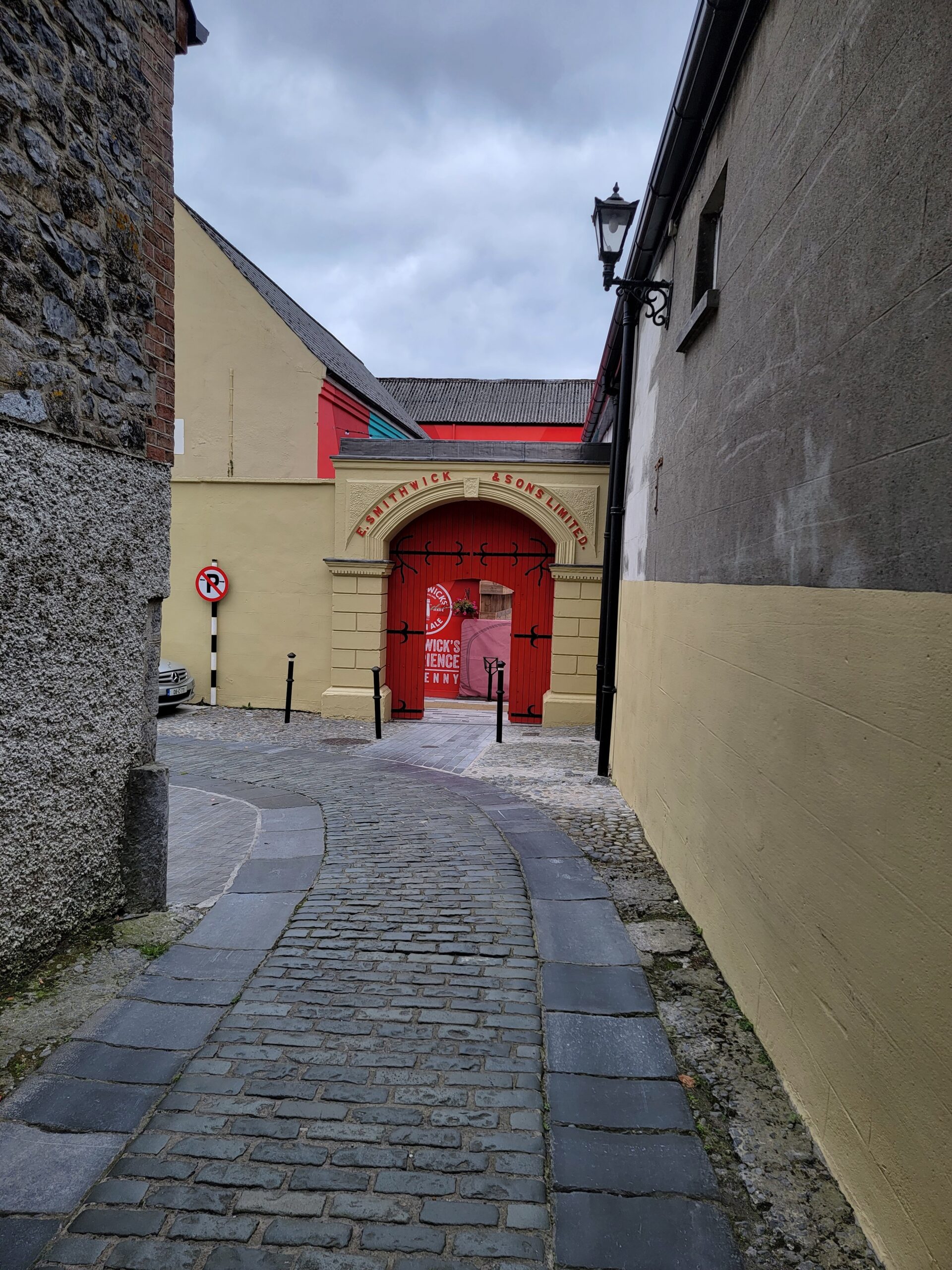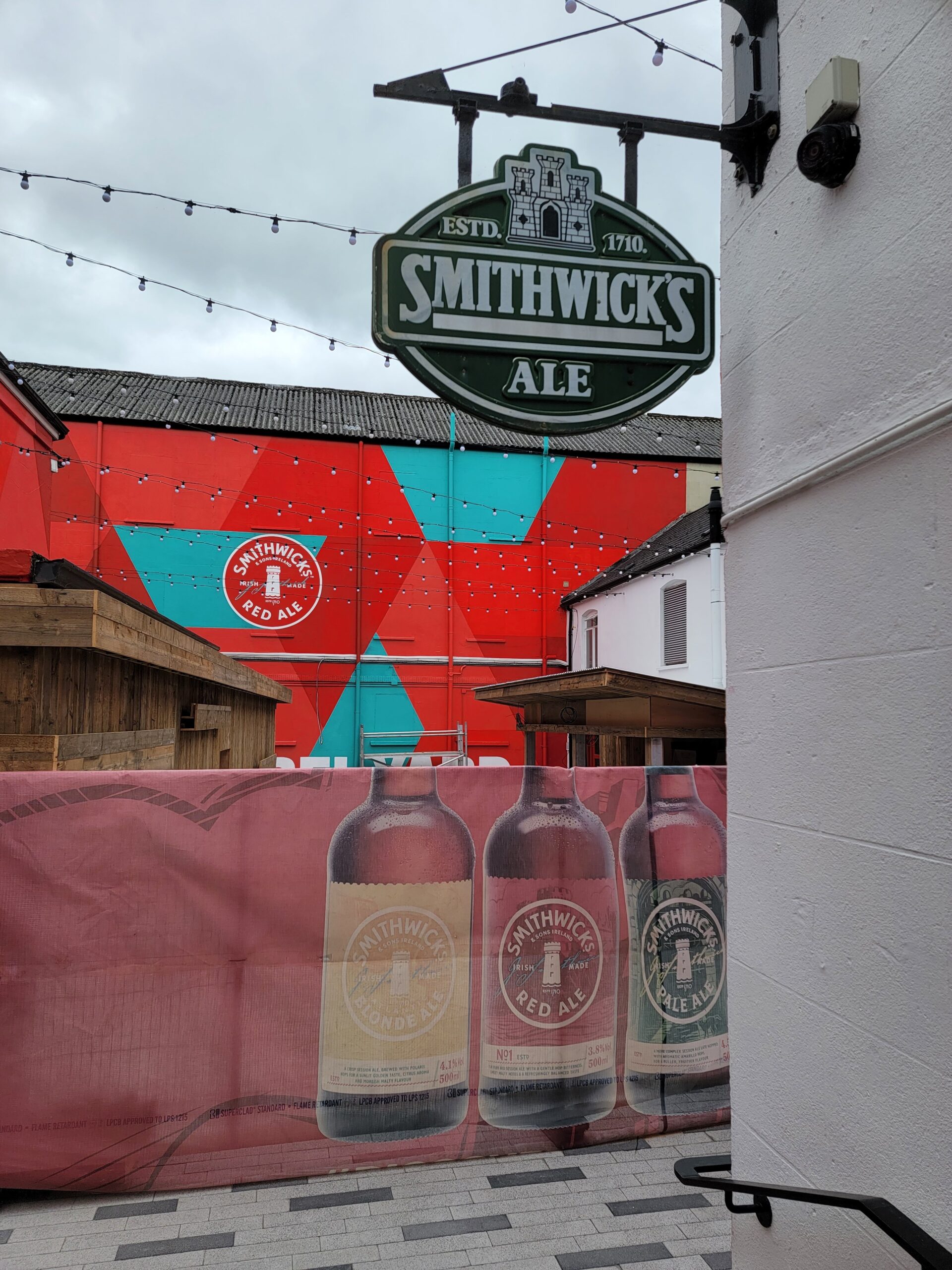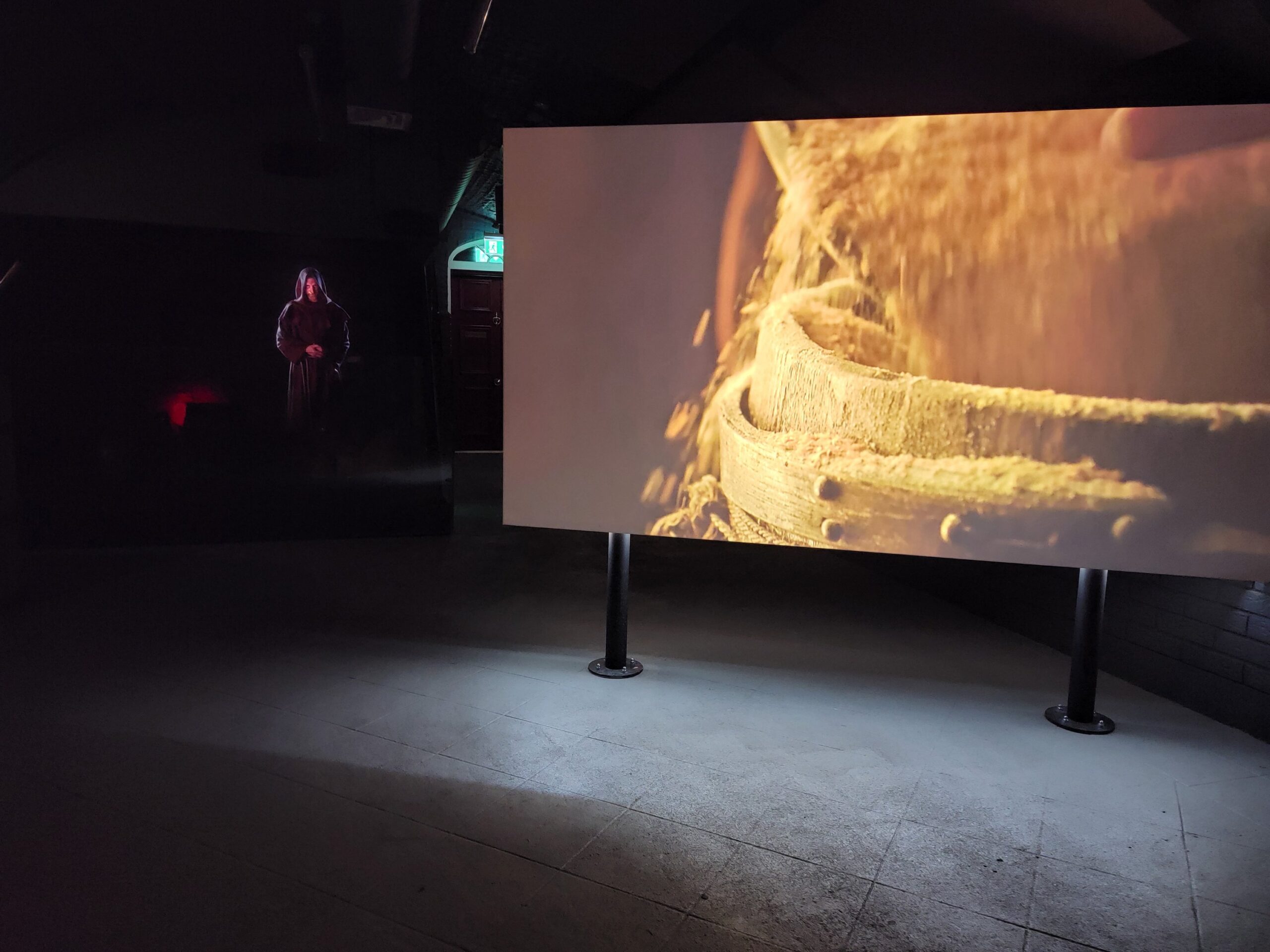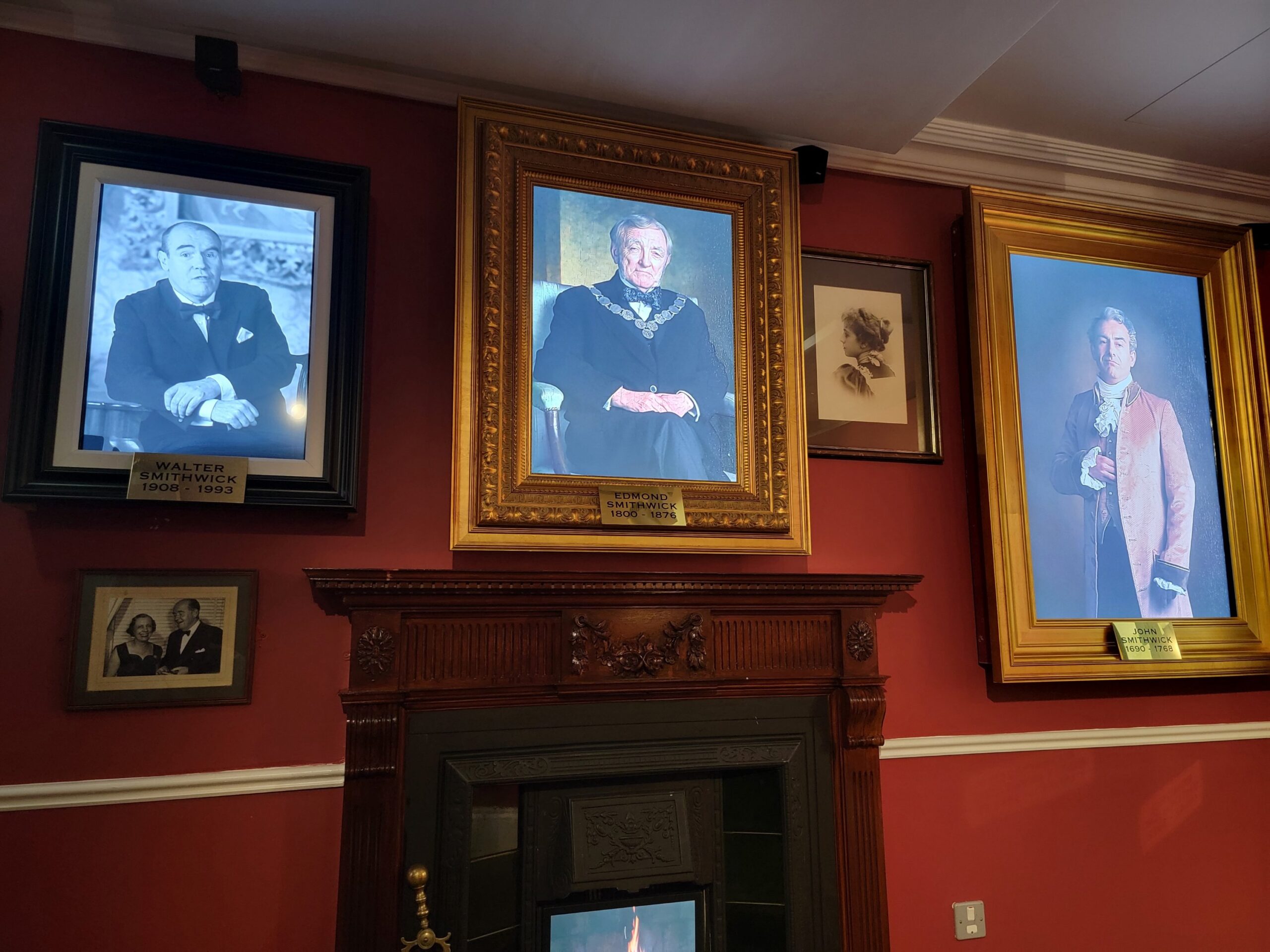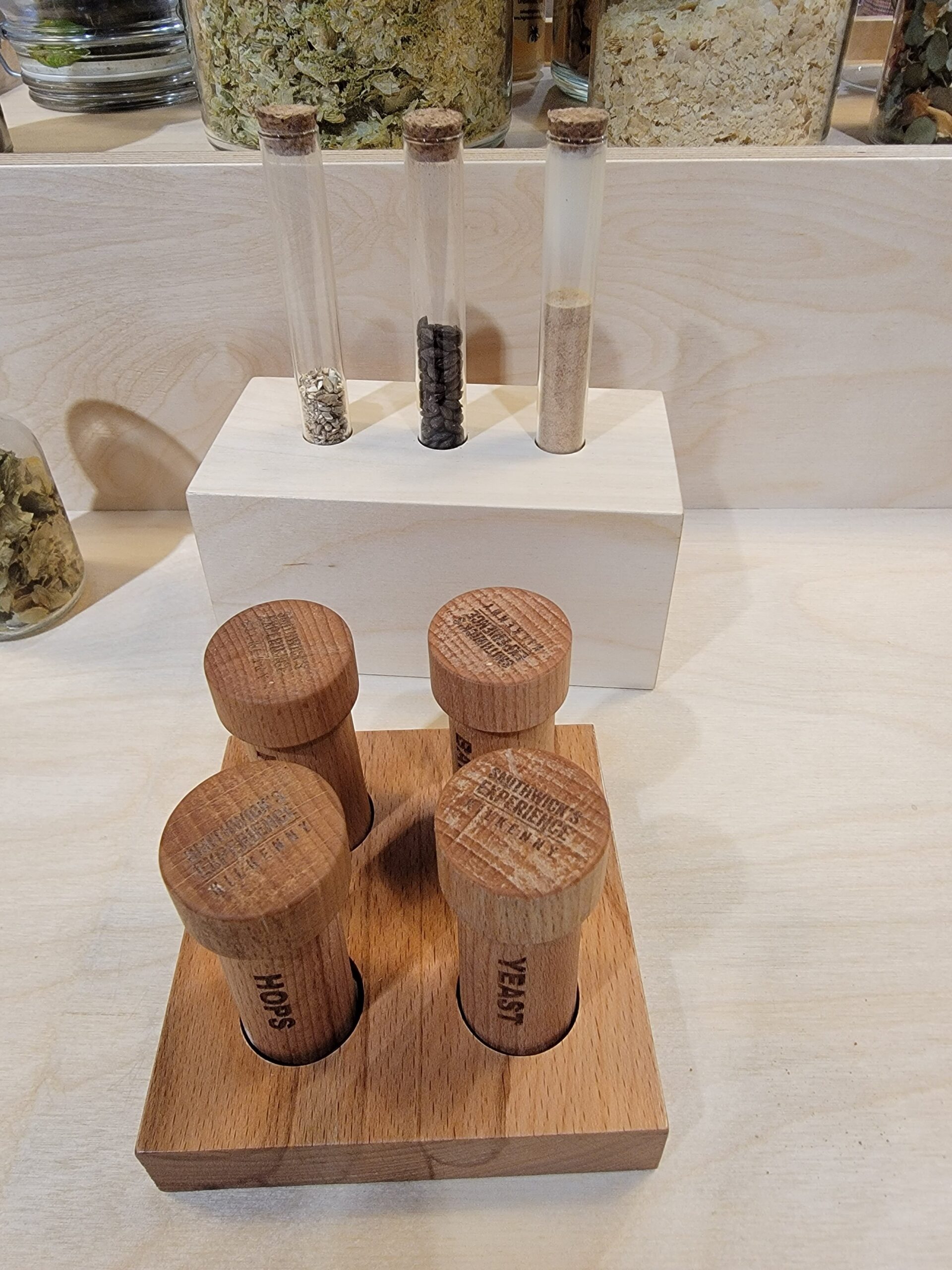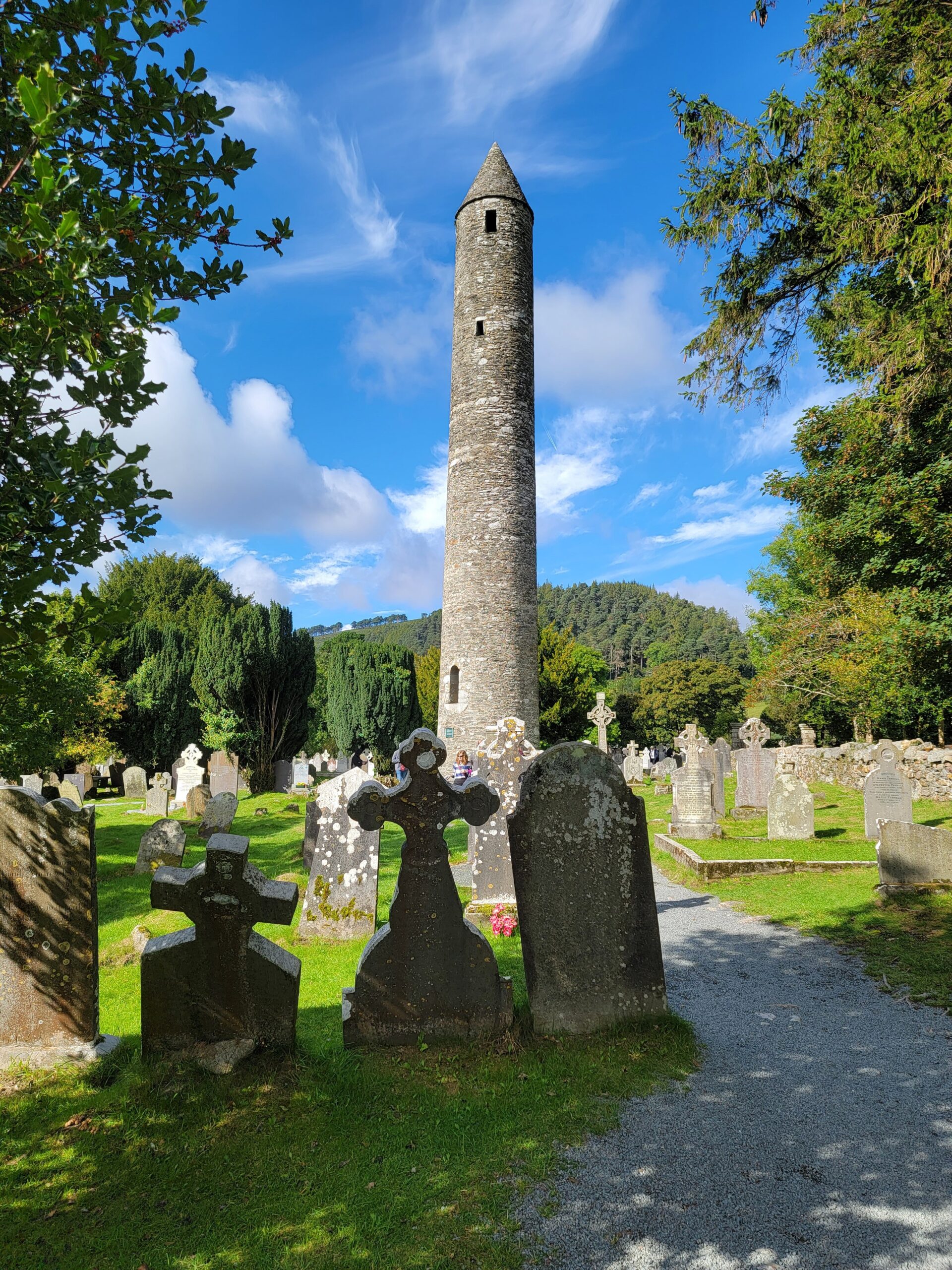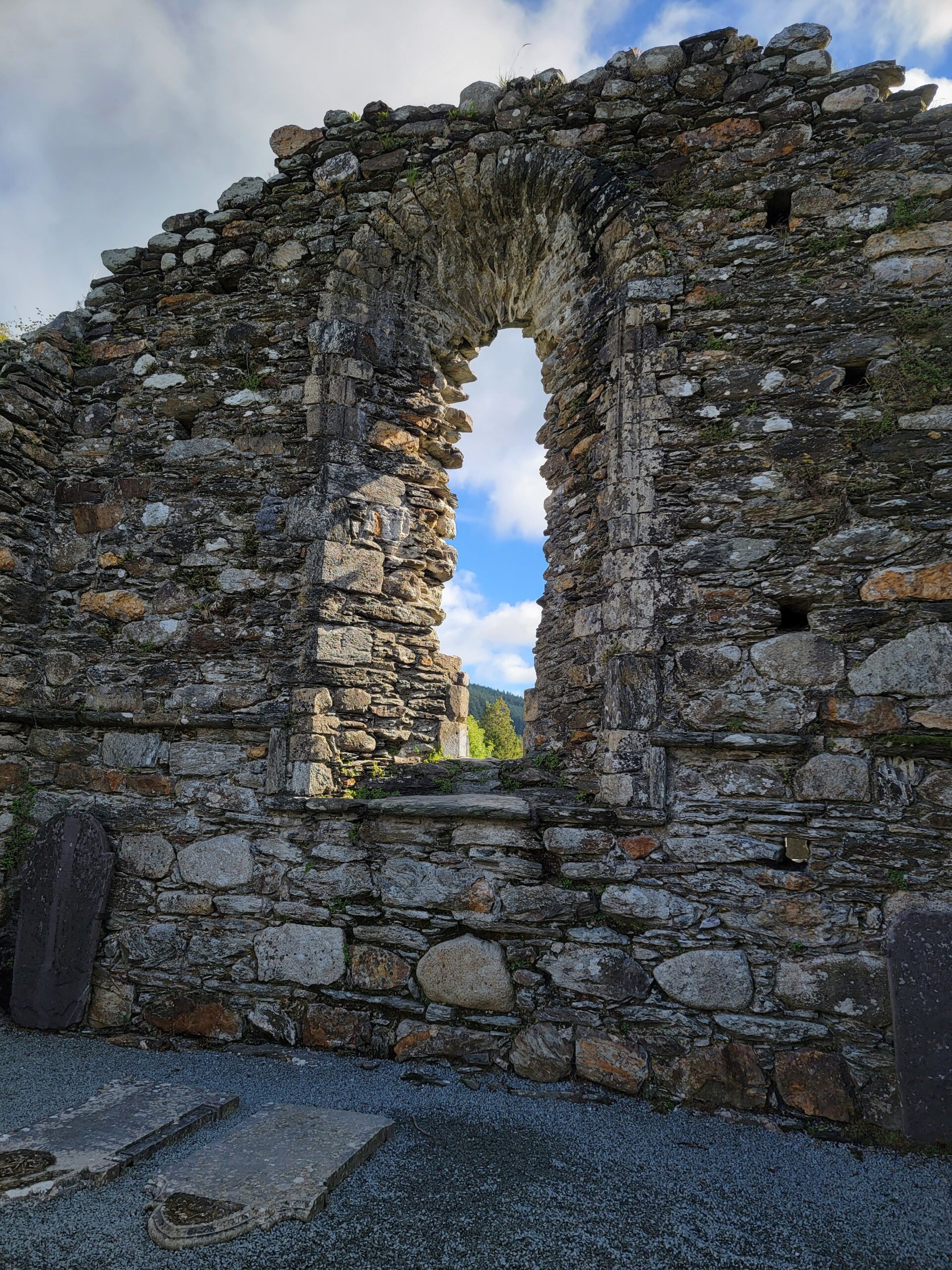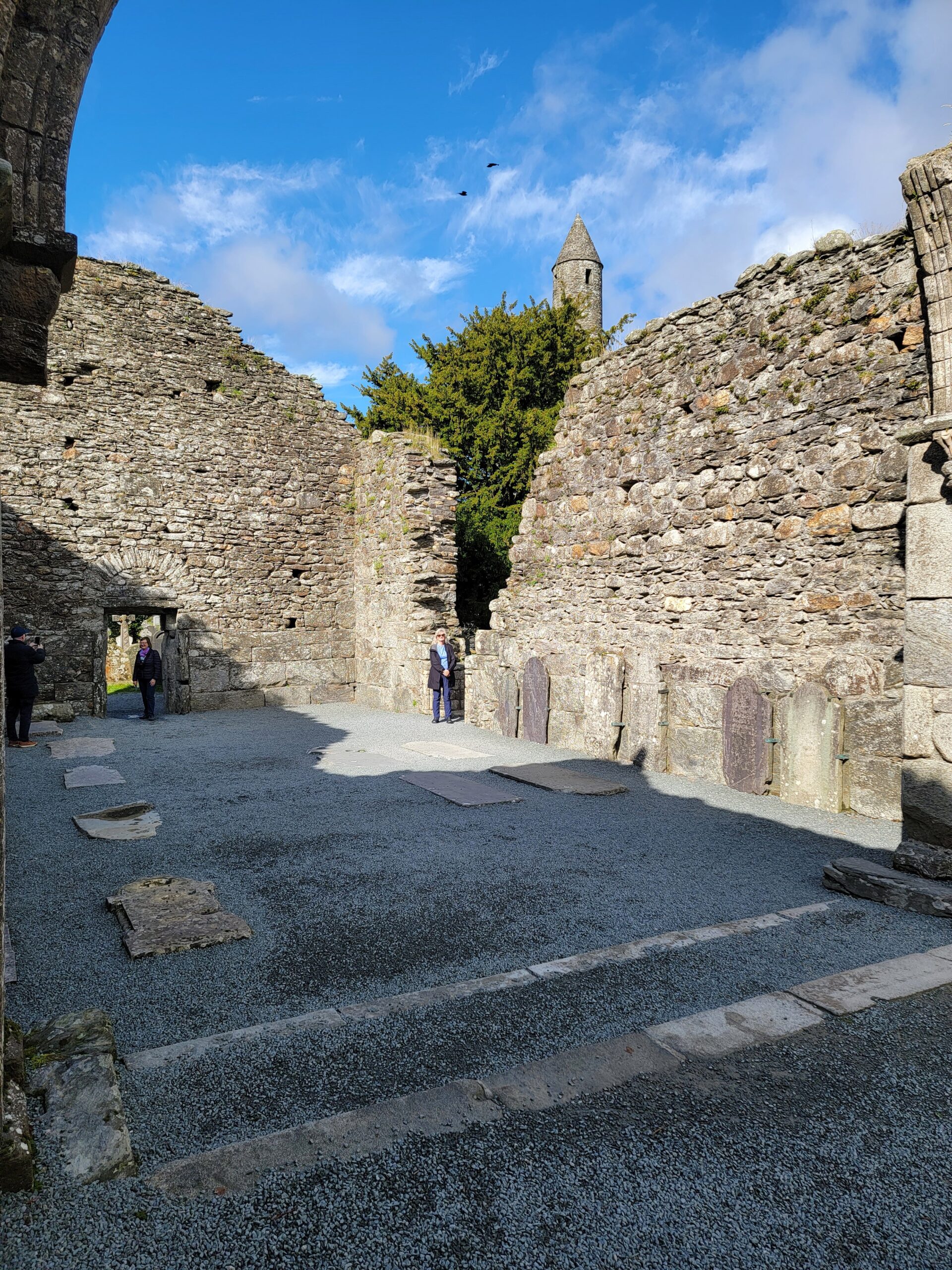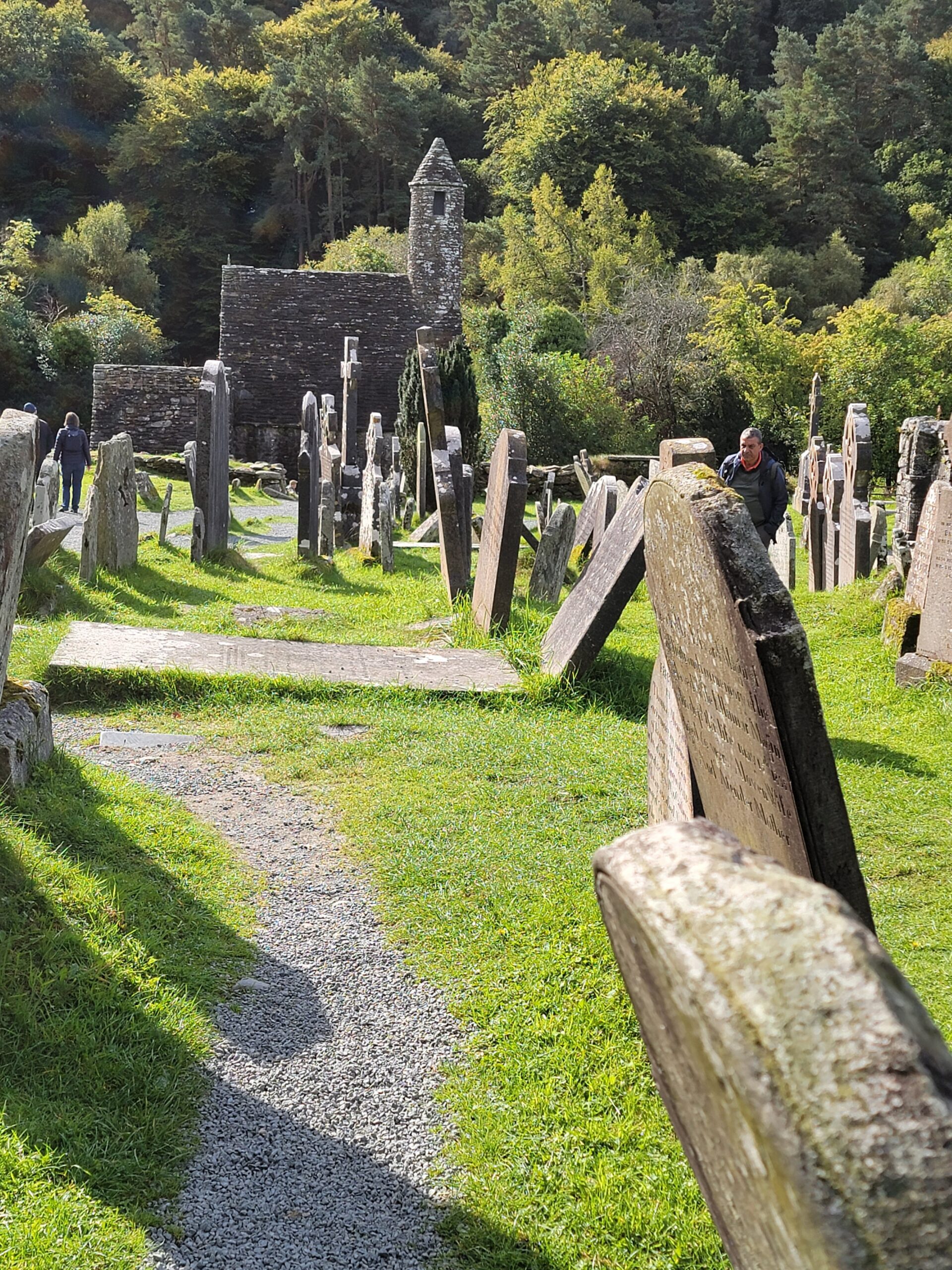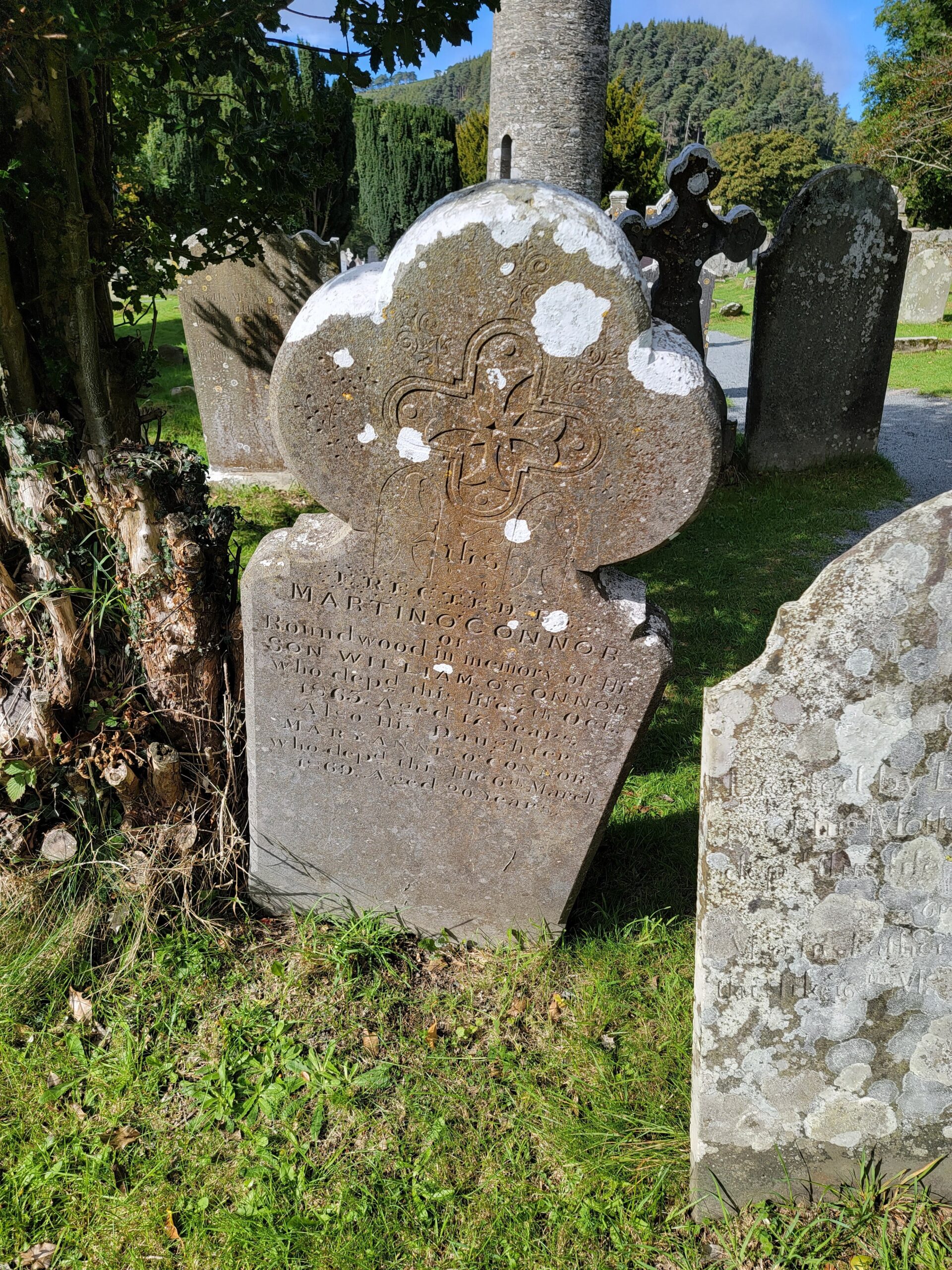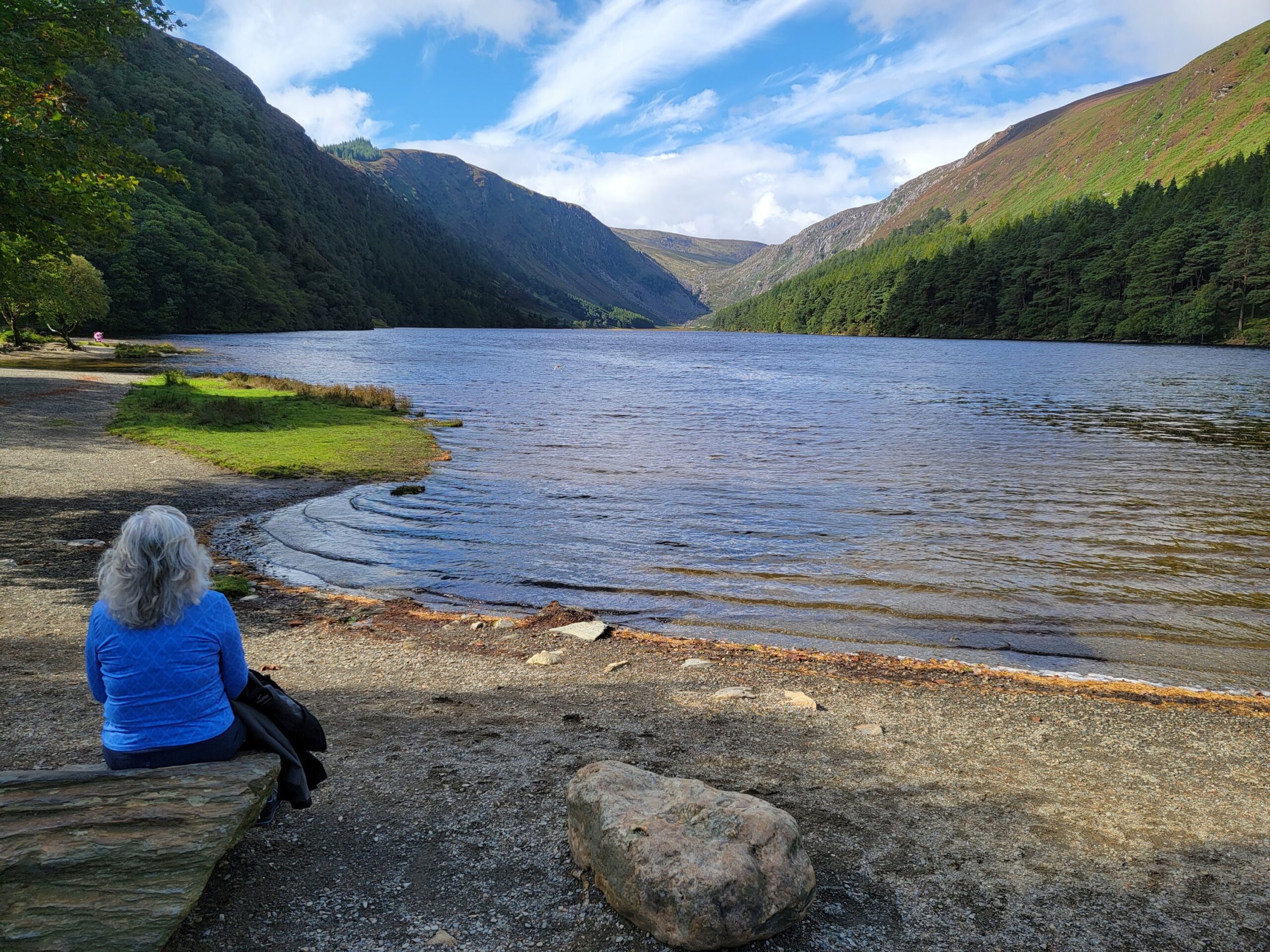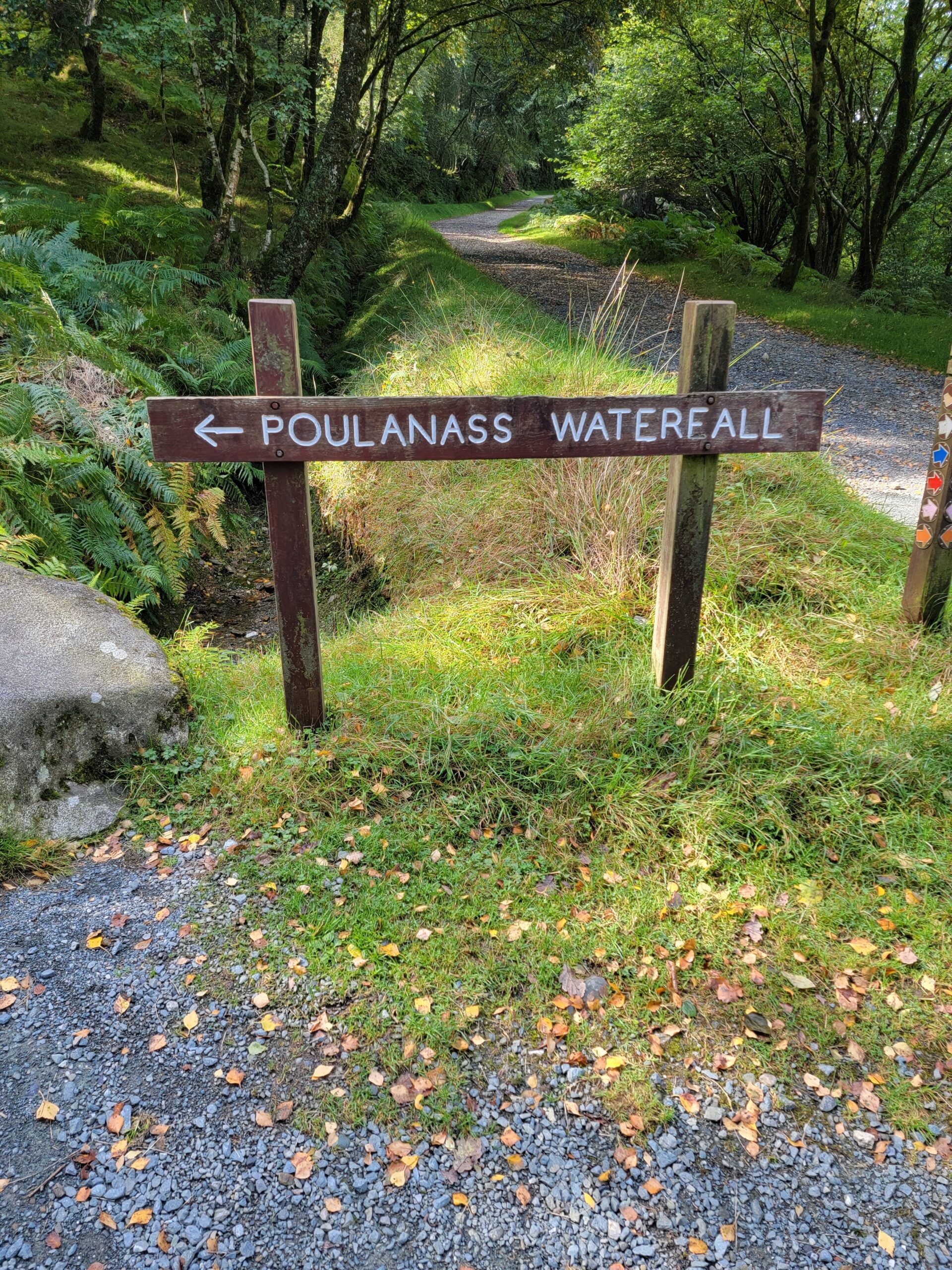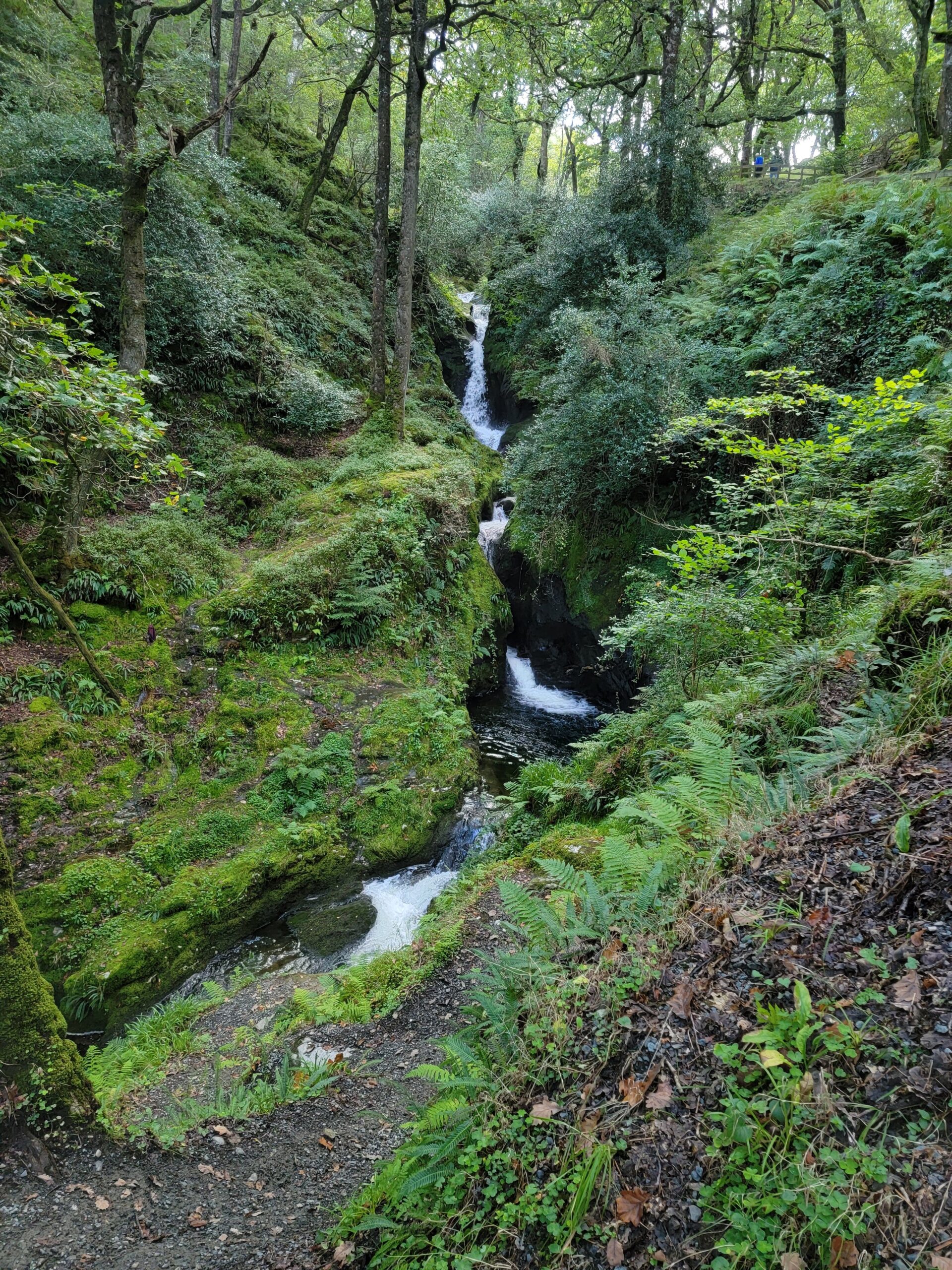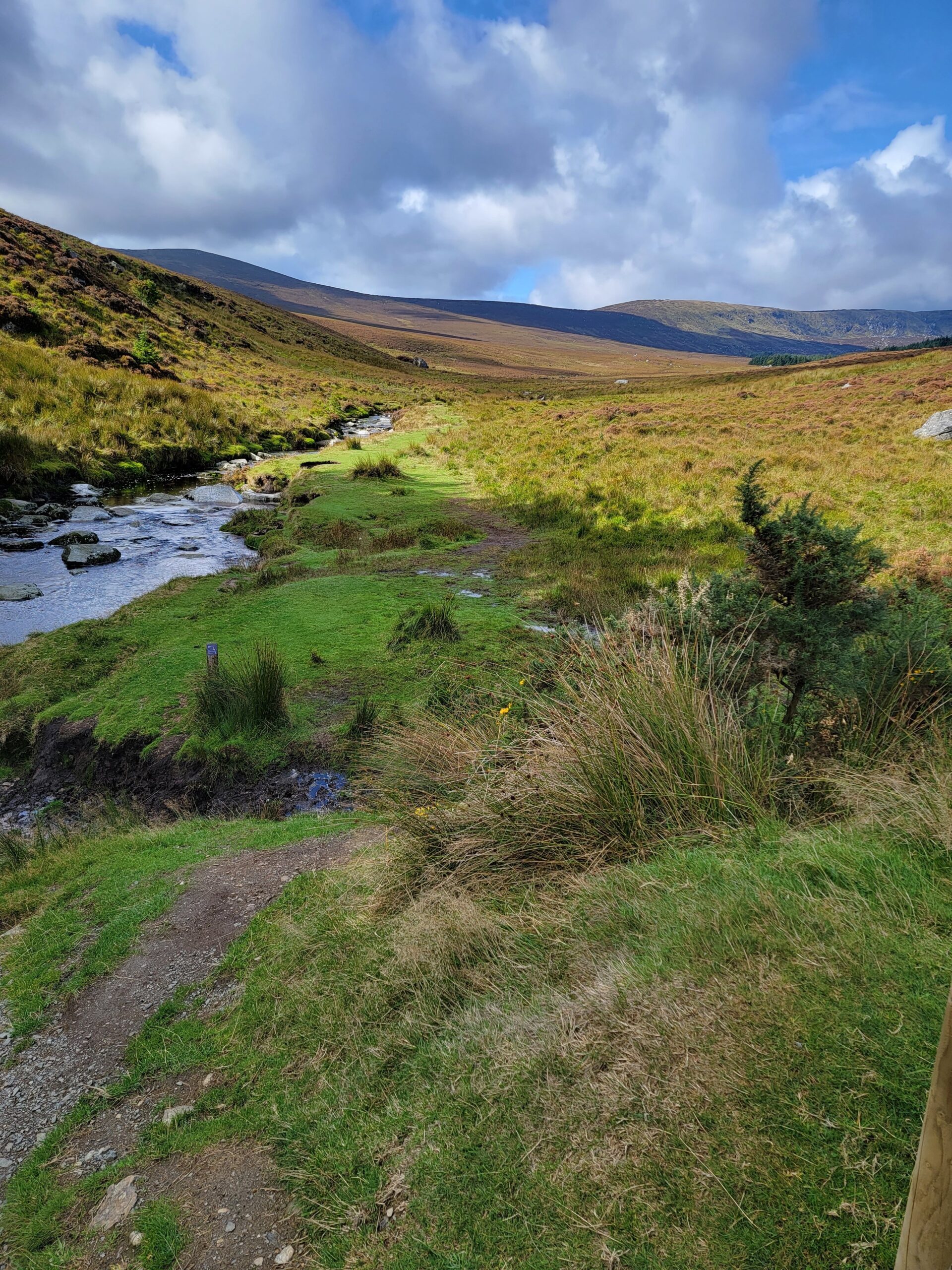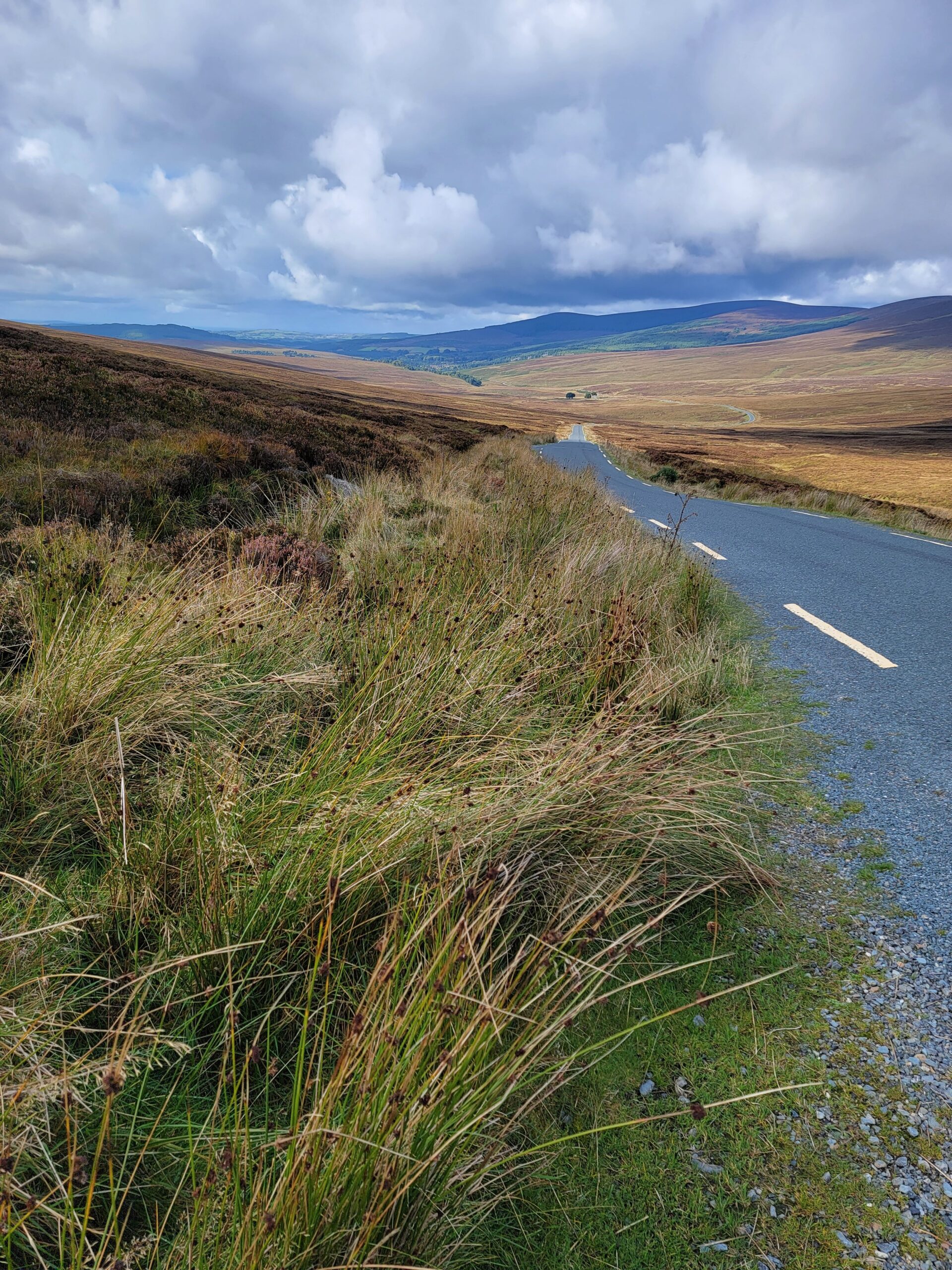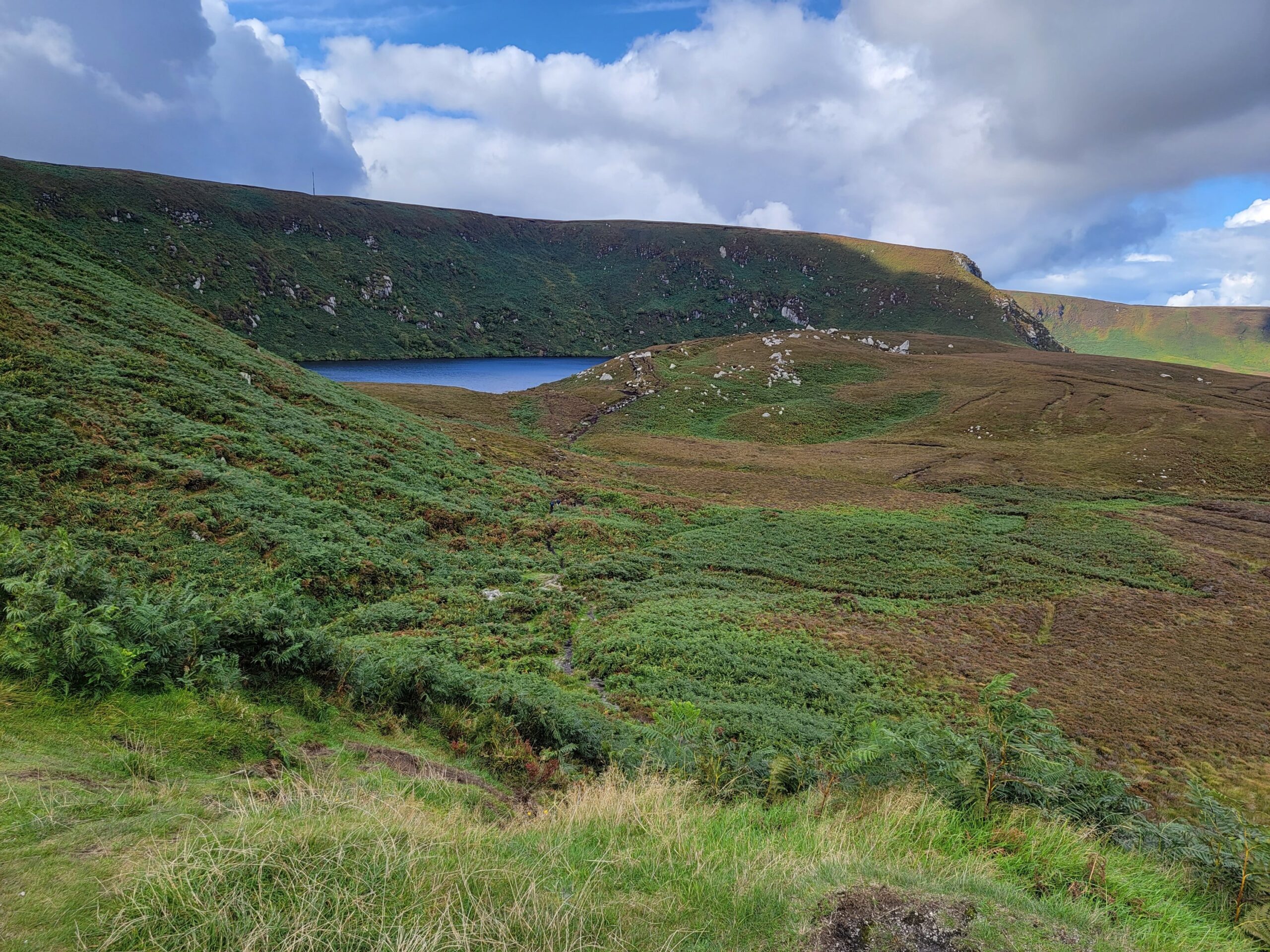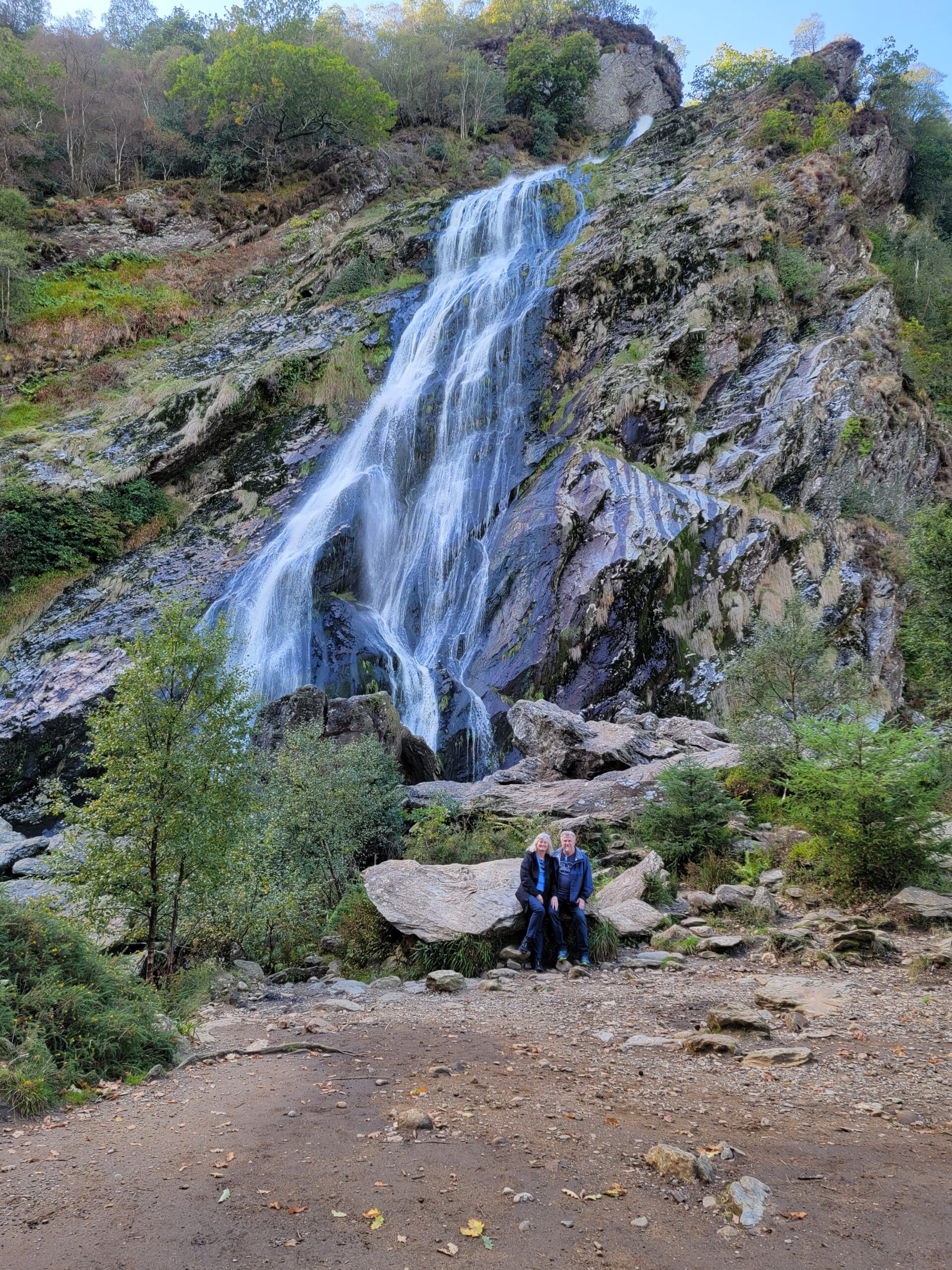On the way to the famous “South Park” town Kilkenny, we made a quick stop at Brownshill Portal Tomb, which was about 100 meters off the side of the main road.
This tomb was built by Ireland’s first farmers sometime between 4000 and 3000 BC. The capstone to this tomb is likely the largest in Europe, at 150 tons. How they were able to get it up on the other rocks is beyond me.
Now you might ask “why is this town so famous from South Park?”. That means you haven’t watched South Park.
Kilkenny also happens to be famous as being a medieval city, having started as a monastic settlement in the 6th century, with a church built in honor of St. Canice (I have no idea who that is). A monastic round tower was built in the 9th century, and the church was rebuilt in the 13th century, which is what you can see today. Those round towers were built to last!
It was time for a beer, so we visited the oldest pub in Kilkenny, Kytelers Inn, established in 1324.
The pub was originally the home of Dame Alice Kyteler, who was the first person condemned of witchcraft in Ireland. She apparently was going through husbands like tic tacs, and after her 4th husband died mysteriously, the locals figured she must be a witch. Makes sense.
She fled the country to avoid punishment, and her servant, simply for being affiliated with Alice, was flogged and burned at the stake in 1324. Her house was transferred to new owners and became a pub. These drinking establishments in Ireland have storied histories! We went back to the pub that night for dinner as they had live Irish music, which was quite good!
The next morning our first stop was the Medieval Mile Museum.
This museum is housed inside the 13th century St. Mary’s Church with a graveyard around it. It was definitely worth a visit, as it explained some of the history of Kilkenny (although it never advised how many times Kenny was killed…which would be 126, in case you were curious). Here is an early coffin with holes in the bottom to let the fluids drip out. Sounds very Kennyish!
This was my favorite item in the museum, the Kilkenny Town Book. It has entries from between 1231 and 1537. The oldest text is a transcription of the city’s charter from 1207. The book contains laws regarding feasts after childbirth, bread prices and street cleaning. Weren’t the streets made of dirt back then? Regardless, it’s amazing the book has survived this long!
We then visited the most popular spot in Kilkenny, the Kilkenny Castle.
This castle was built in 1195 by William Marshall to control the adjacent Nore river. William Marshall is said to be “the best knight who ever lived”, which we heard several times while in Kilkenny. I think they might be biased. We took a guided tour which is highly recommended, as you get to see certain spots that the self-guided tour does not have access to, including the lower cooridors. Our guide was excellent.
She showed us a spot where they were refurbishing the ceiling and discovered the old wicker and mud mixture that was used back in 1195.
The castle changed hands several times over the years, until the cost to keep it up was too much for the owners. It sat for years before the last owners transferred it to the town of Kilkenny in 1967 for just 50 pounds. With help from the Irish government, they were able to completely restore the castle. The below photo shows the condition in 1967.
The same room now.
I liked these stain glass windows as each of those round pieces is the bottom of a wine glass.
The gallery where they showed off all their paintings is very impressive, particularly the ceiling.
One last shot of the grounds outside the castle.
Lastly, we did the Smithwick’s Experience brewery tour.
As evidenced in the above photo, Smithwick’s was founded in 1710 by John Smithwick, which makes it the oldest brewery in Ireland. It was built on the site where Franciscan Monks had brewed ale since the 14th century. The first part of the tour is a video with this menacing figure in the background talking about the brewing process.
Because of reformation, Catholics were not allowed to own a business, so Smithwick didn’t put his name on the beer. It was simply called “brown ale”. During the tour the family story was told by talking photos in what the tour guide called the “Harry Potter” room.
Due to the Smithwick’s being Catholic they could not use the name on their bottles until 1861, when the rules finally changed. They then proudly proclaimed that they had been around since 1710 on every bottle! Things change though, and they finally sold to Guiness in 1965. The beer still lives on, as they use the same brewing technique from the past. The tour actually has a tasting experience before you get your beer reward.
They have you taste and smell yeast, hops, and roasted hops. Then they send you into the tasting room to get your pint. Altogether it was a fun and informative experience! Next we head to Waterford, Ireland’s oldest city!

